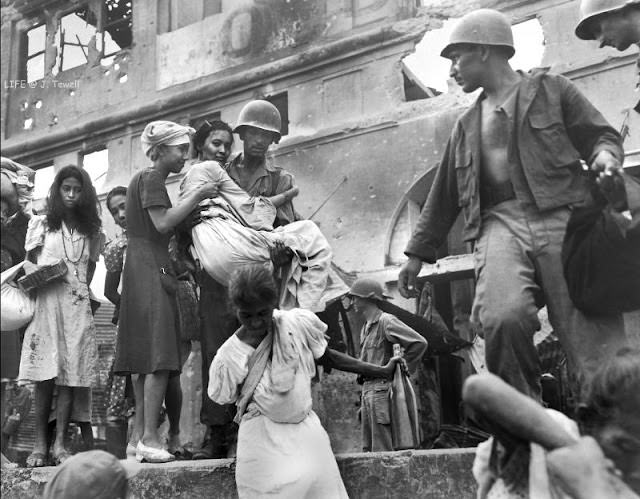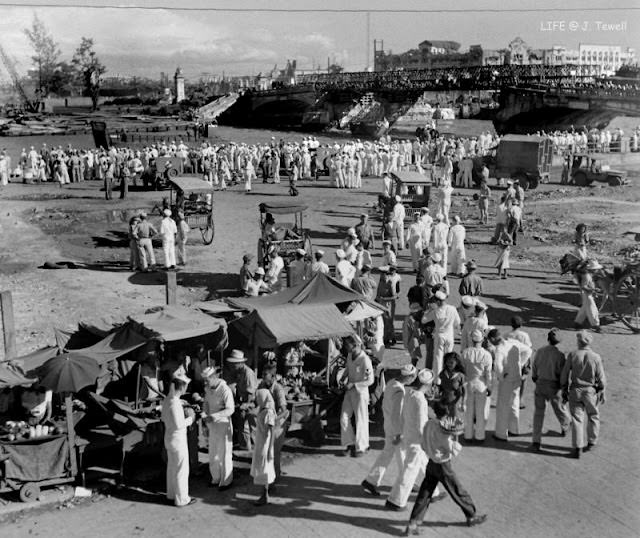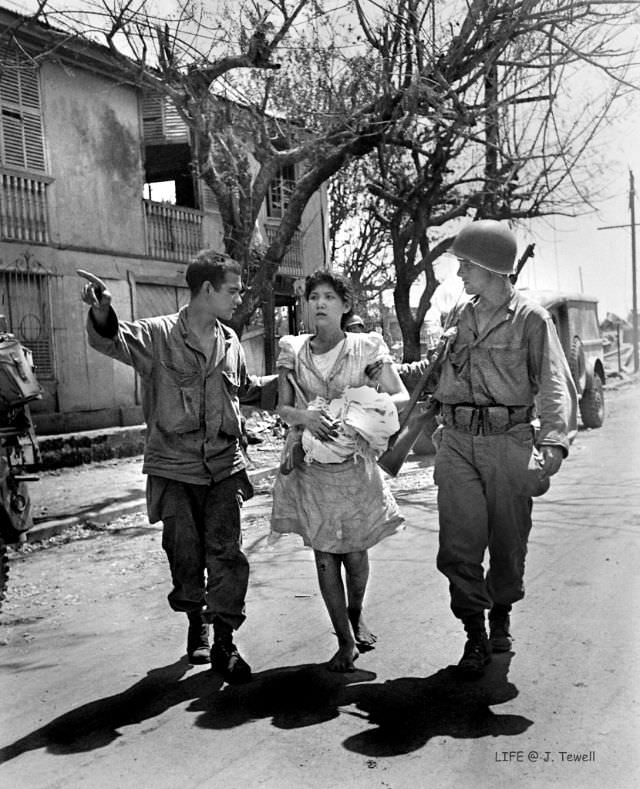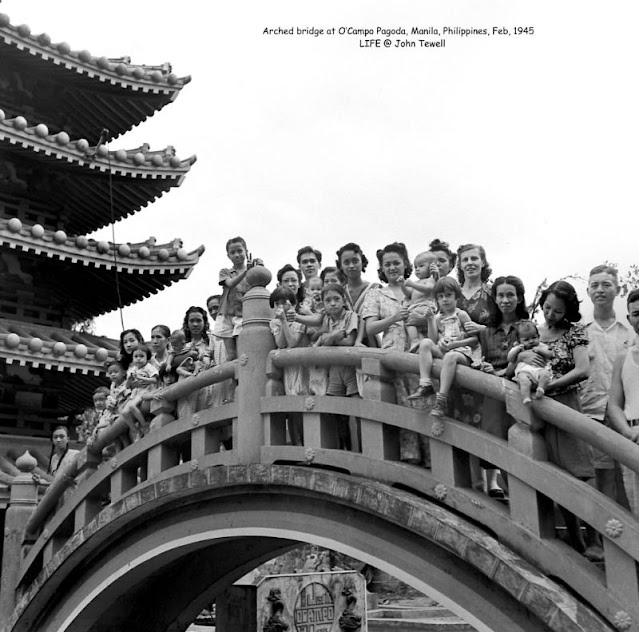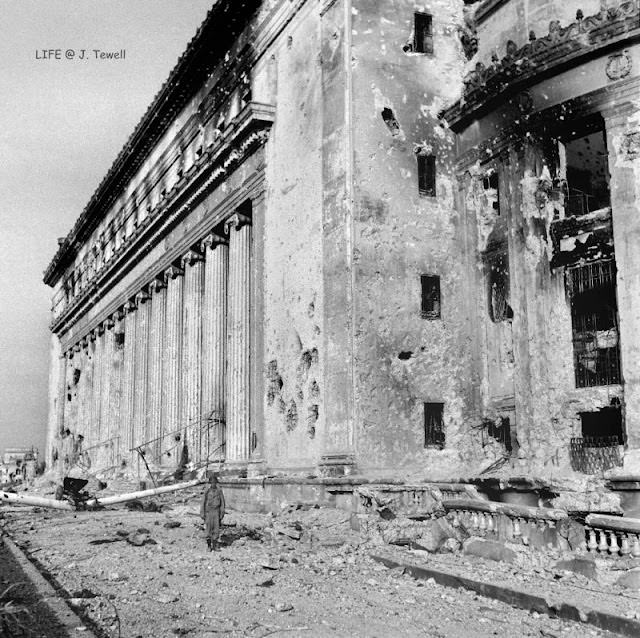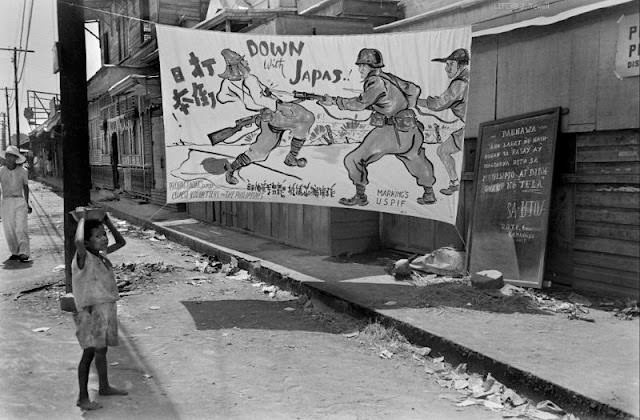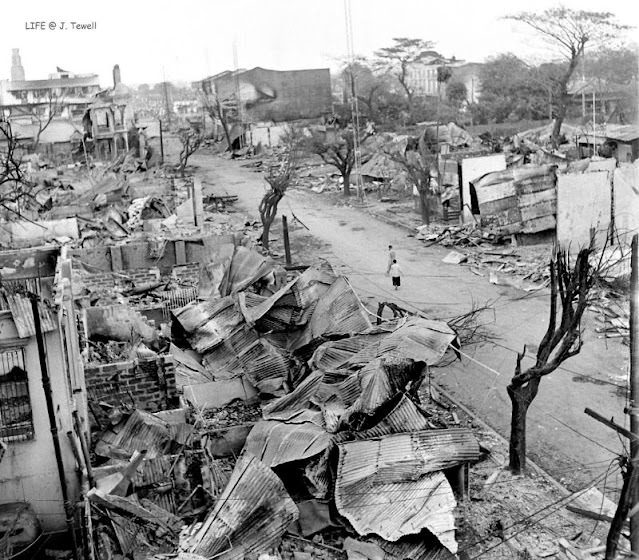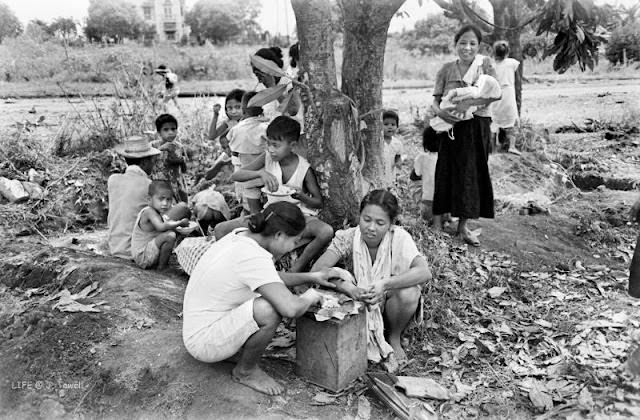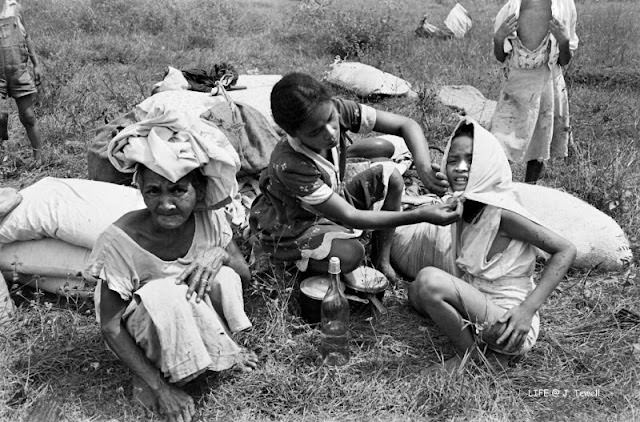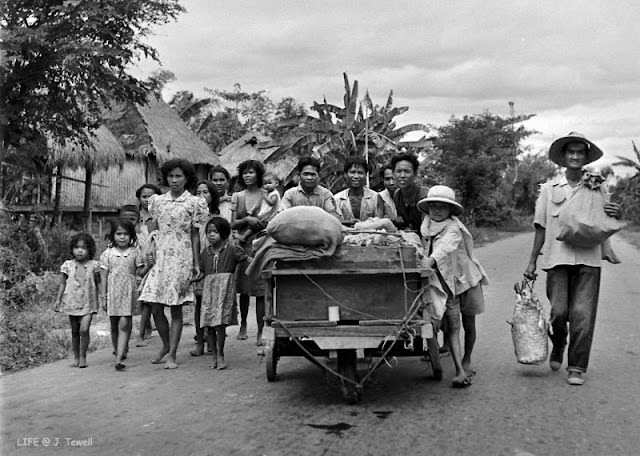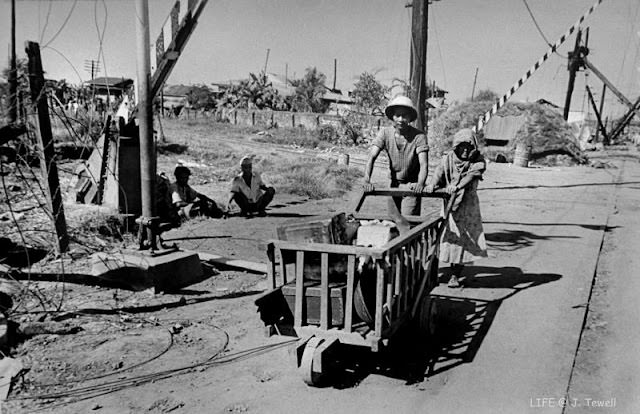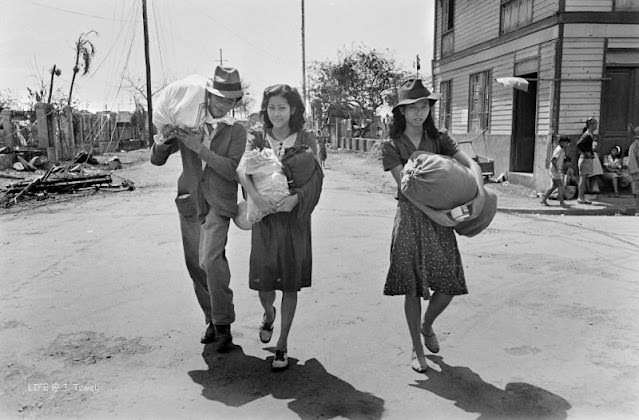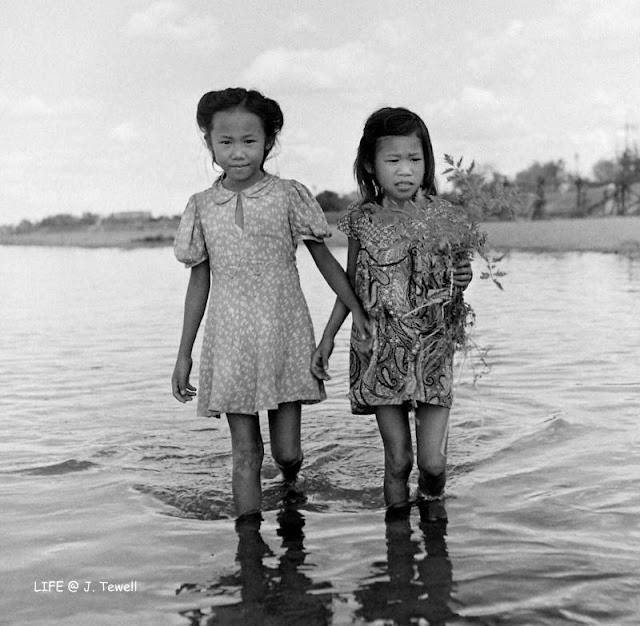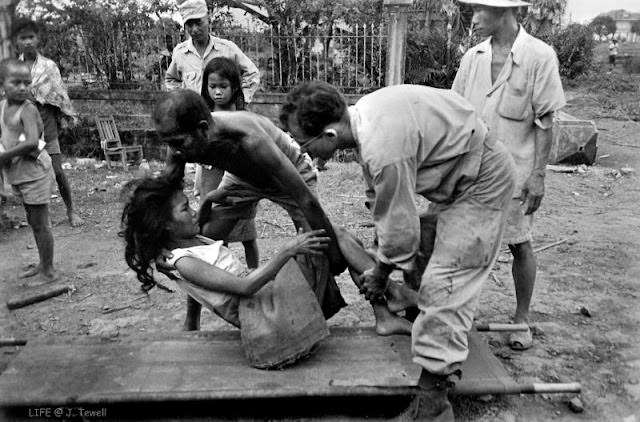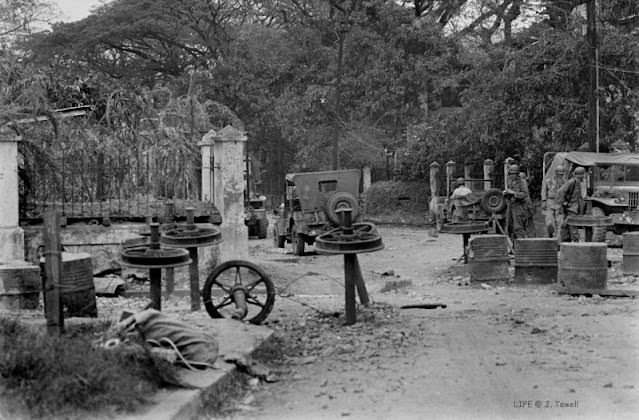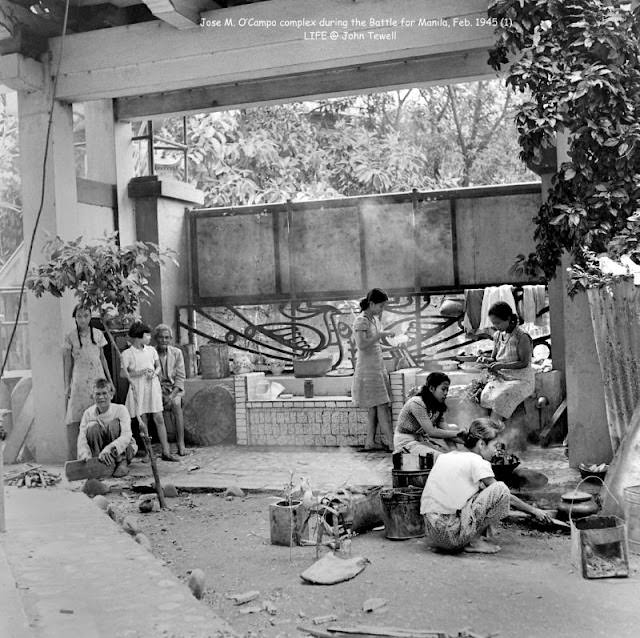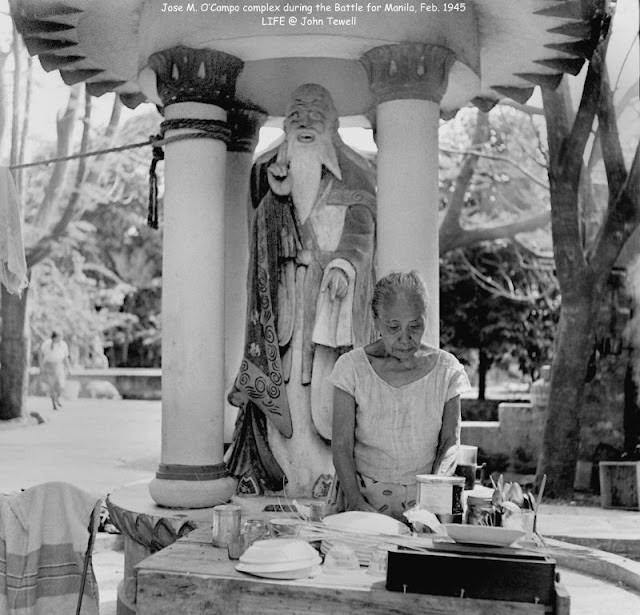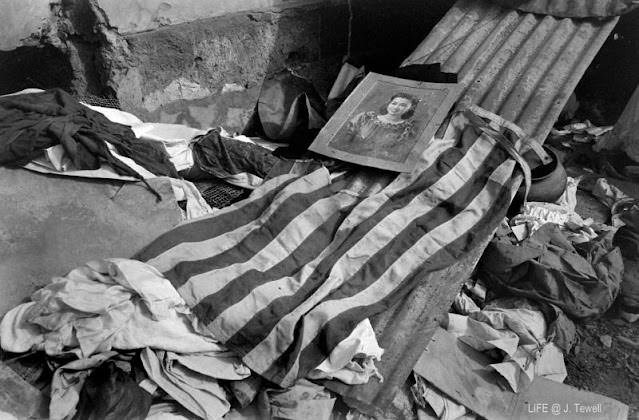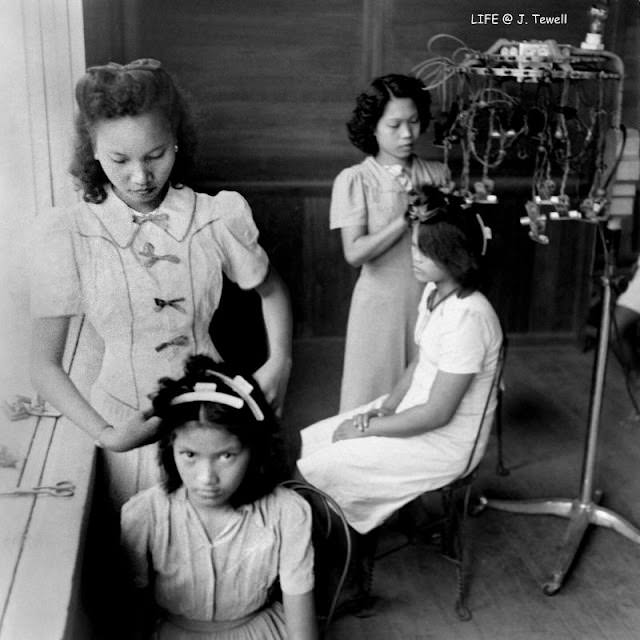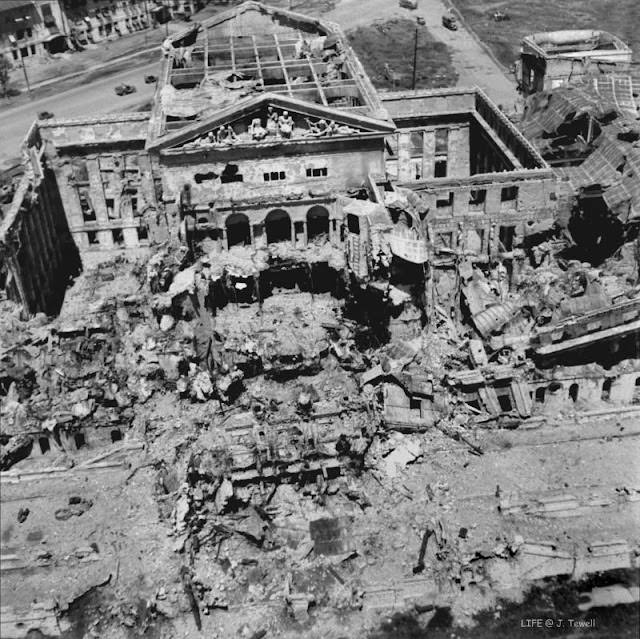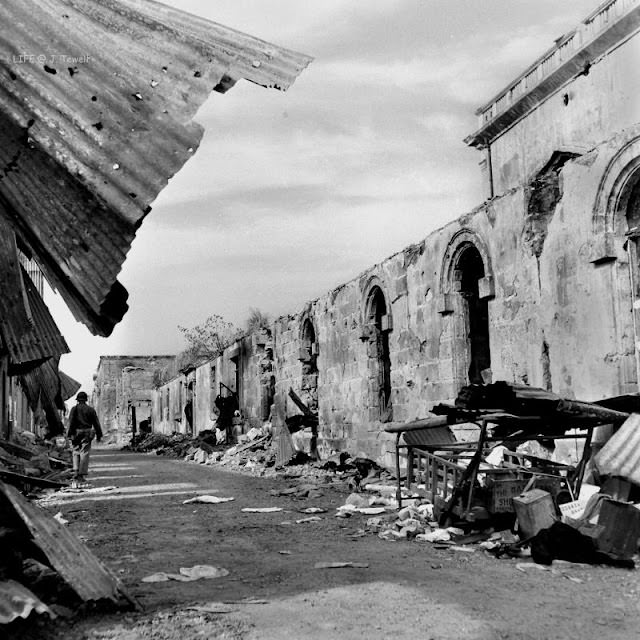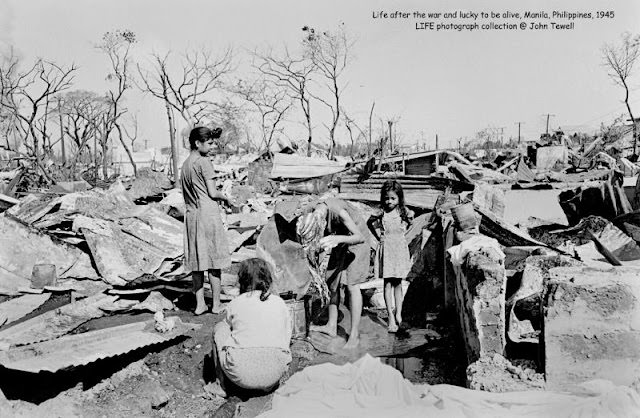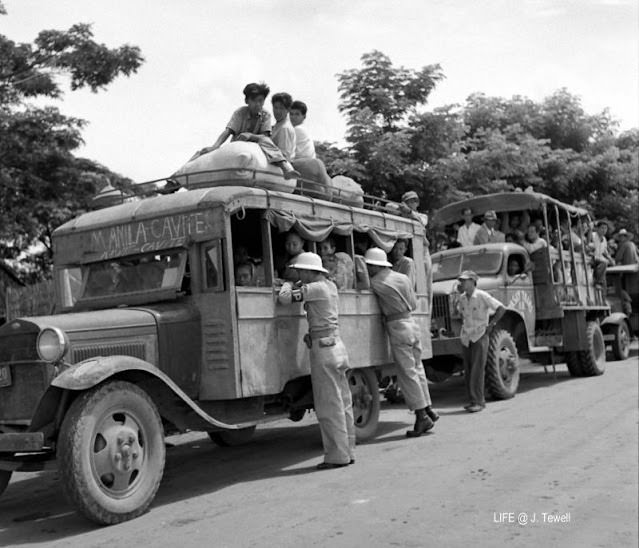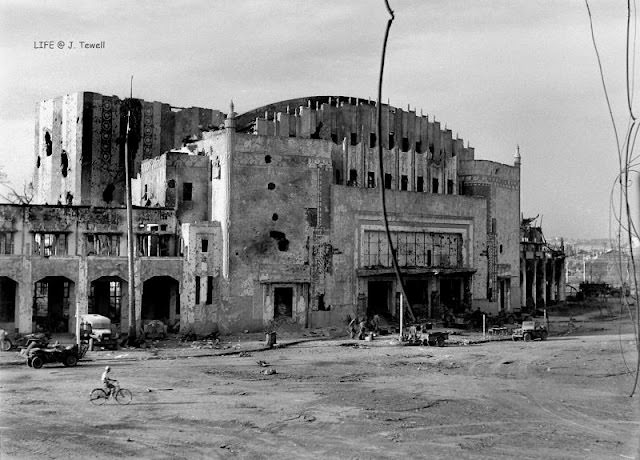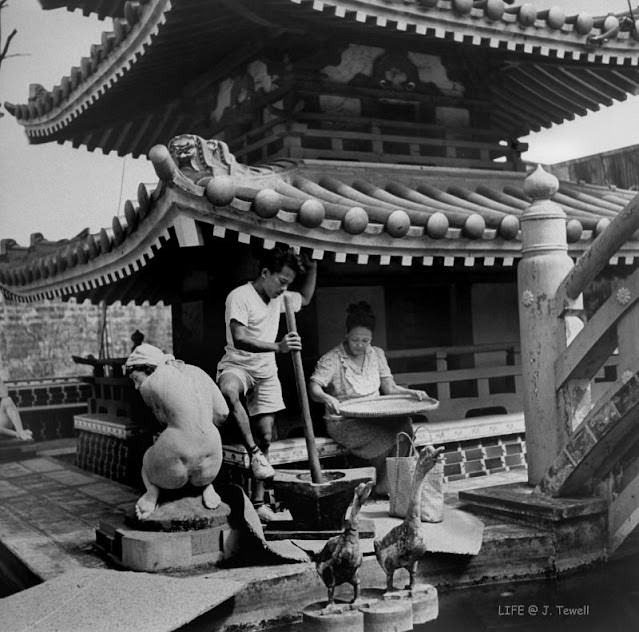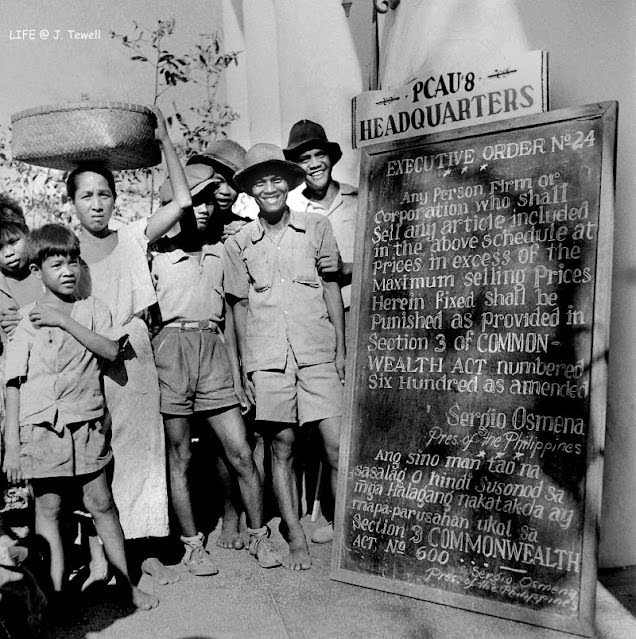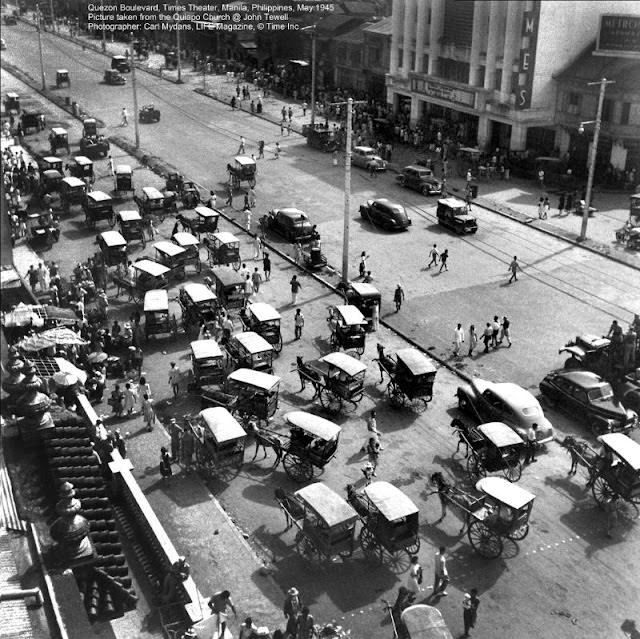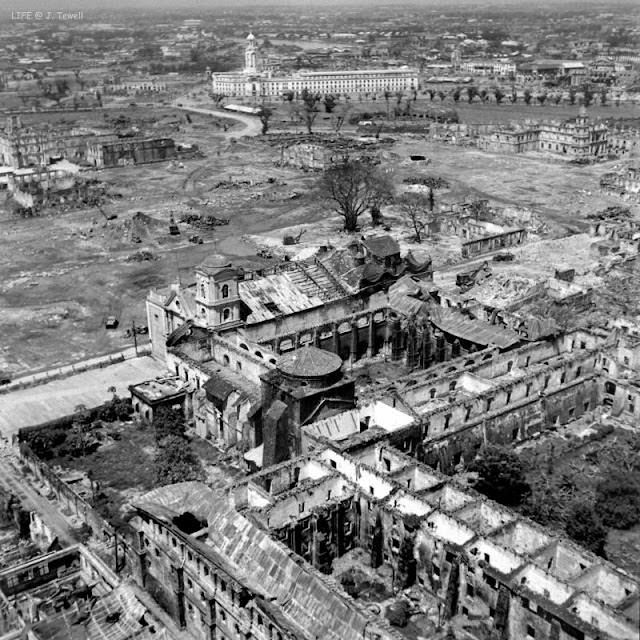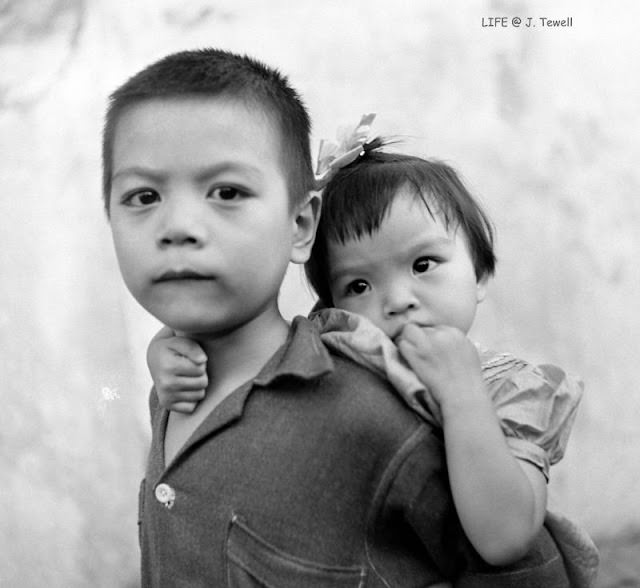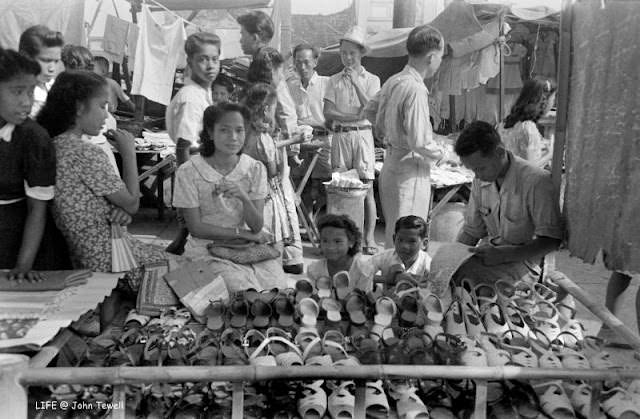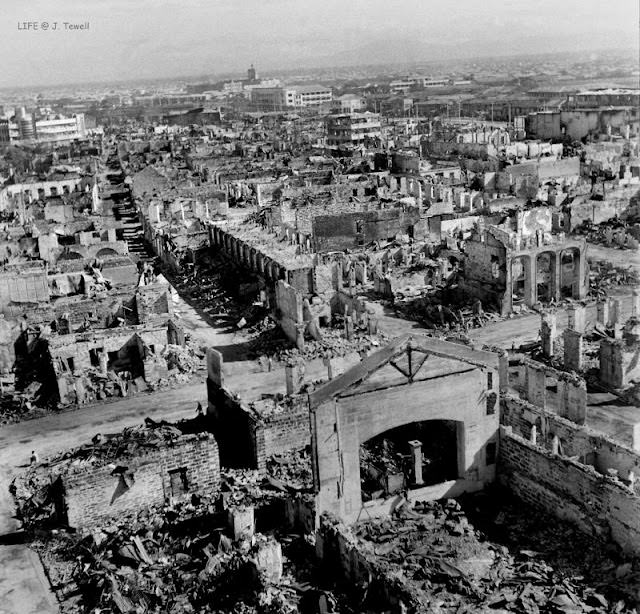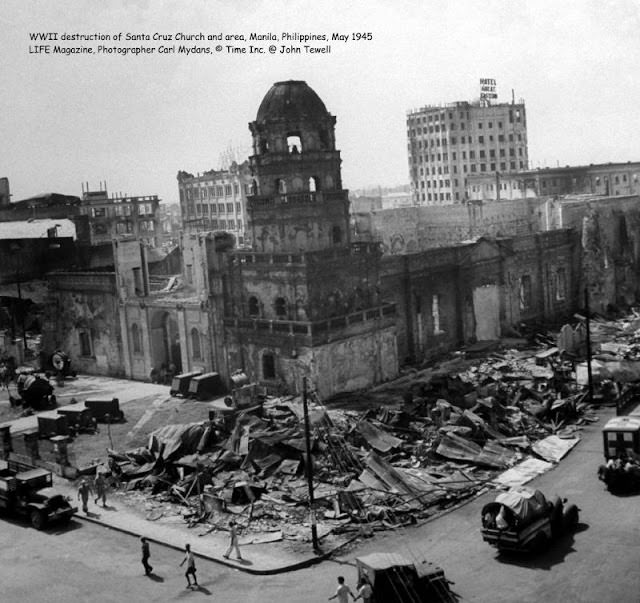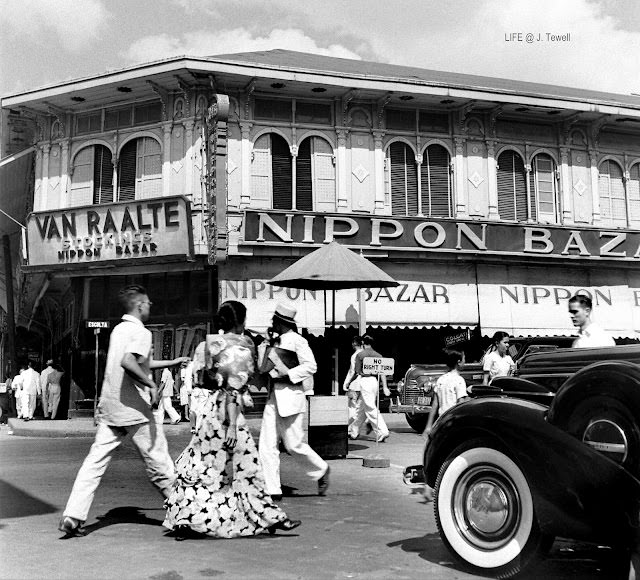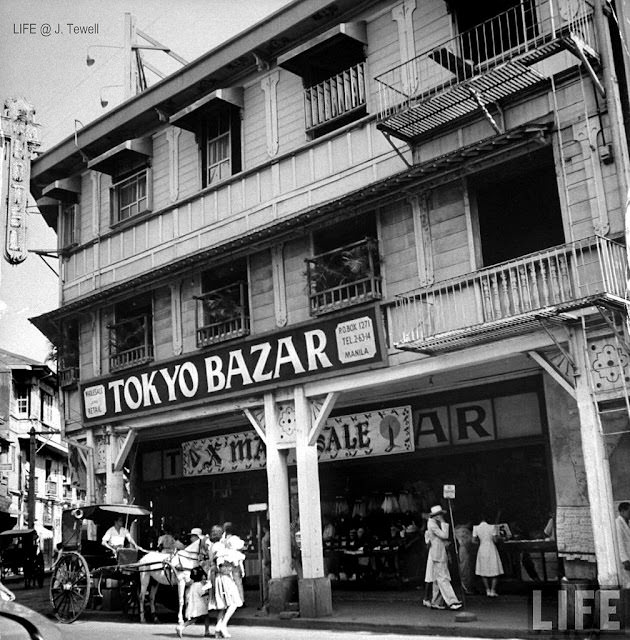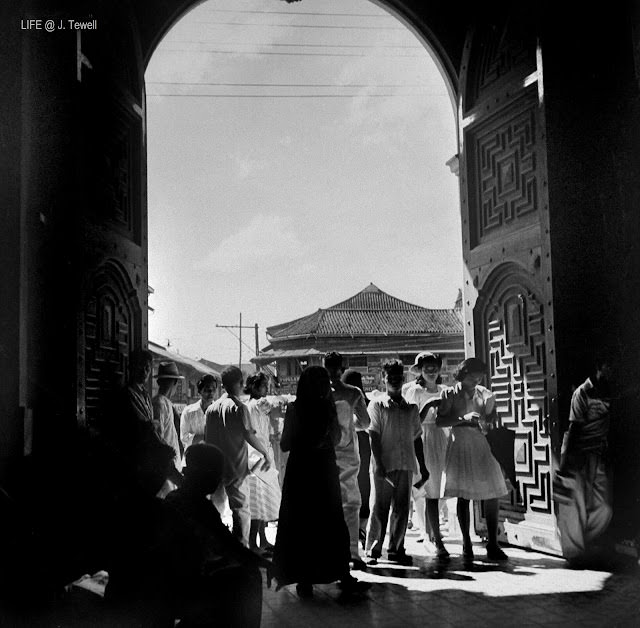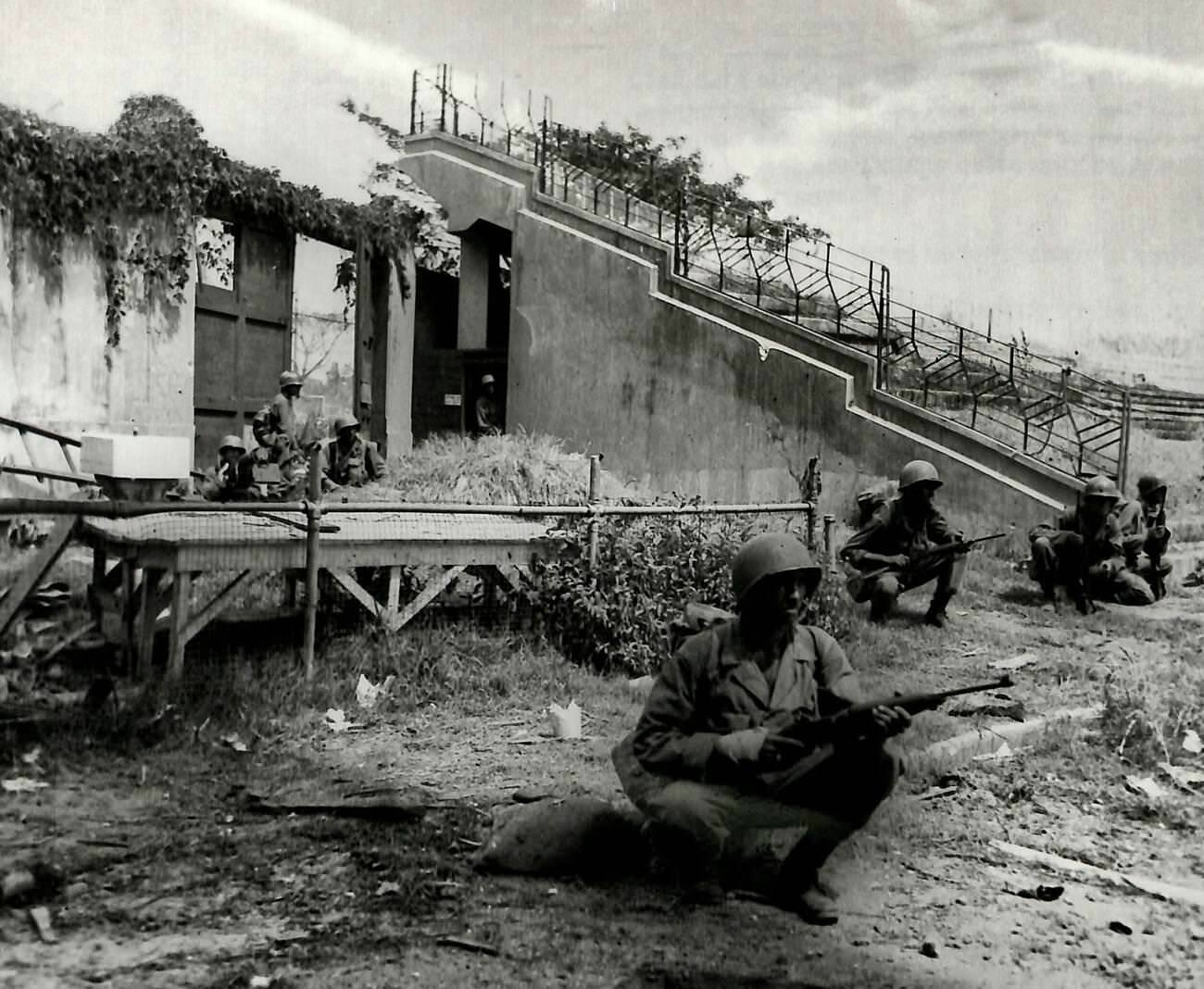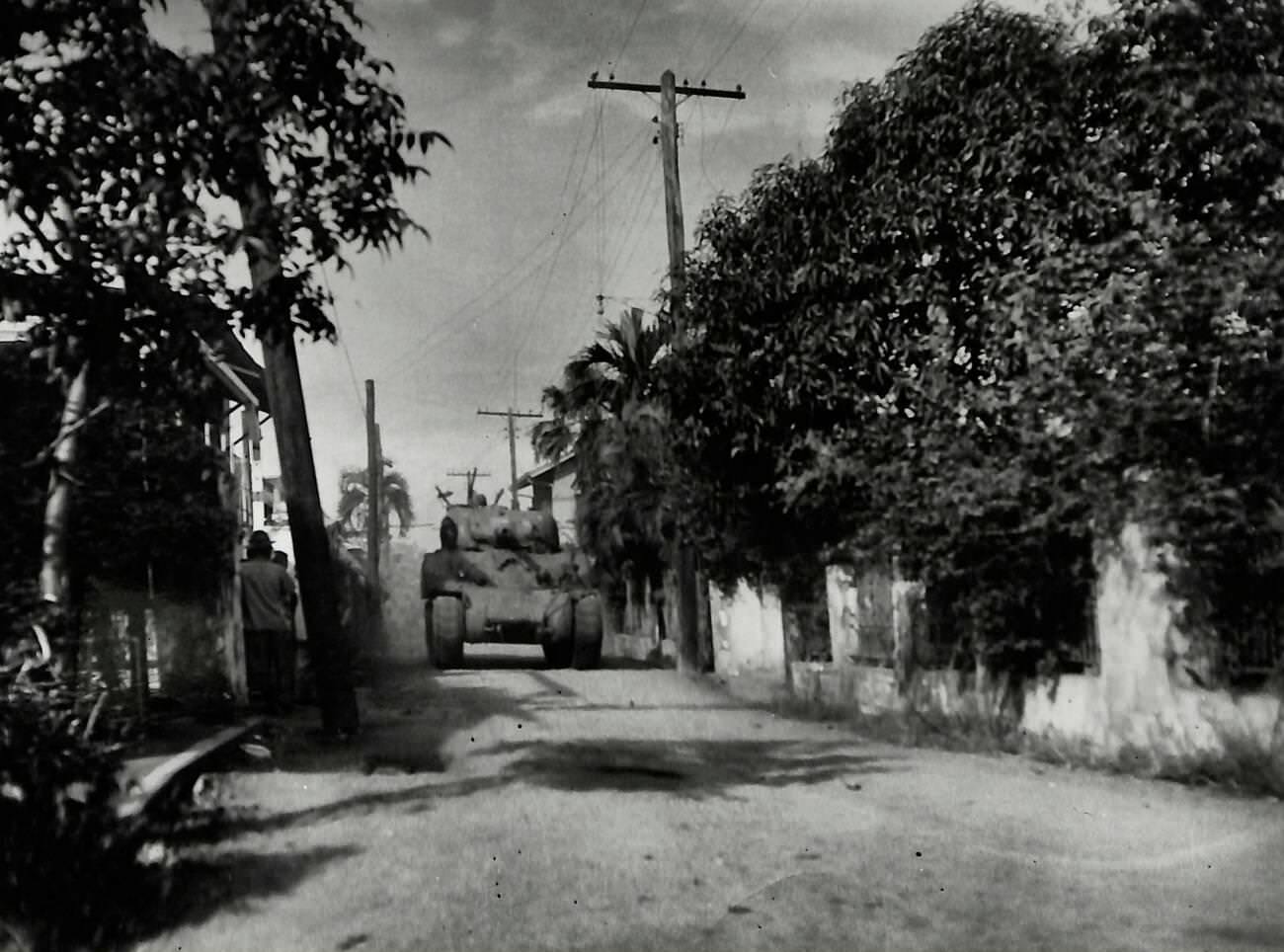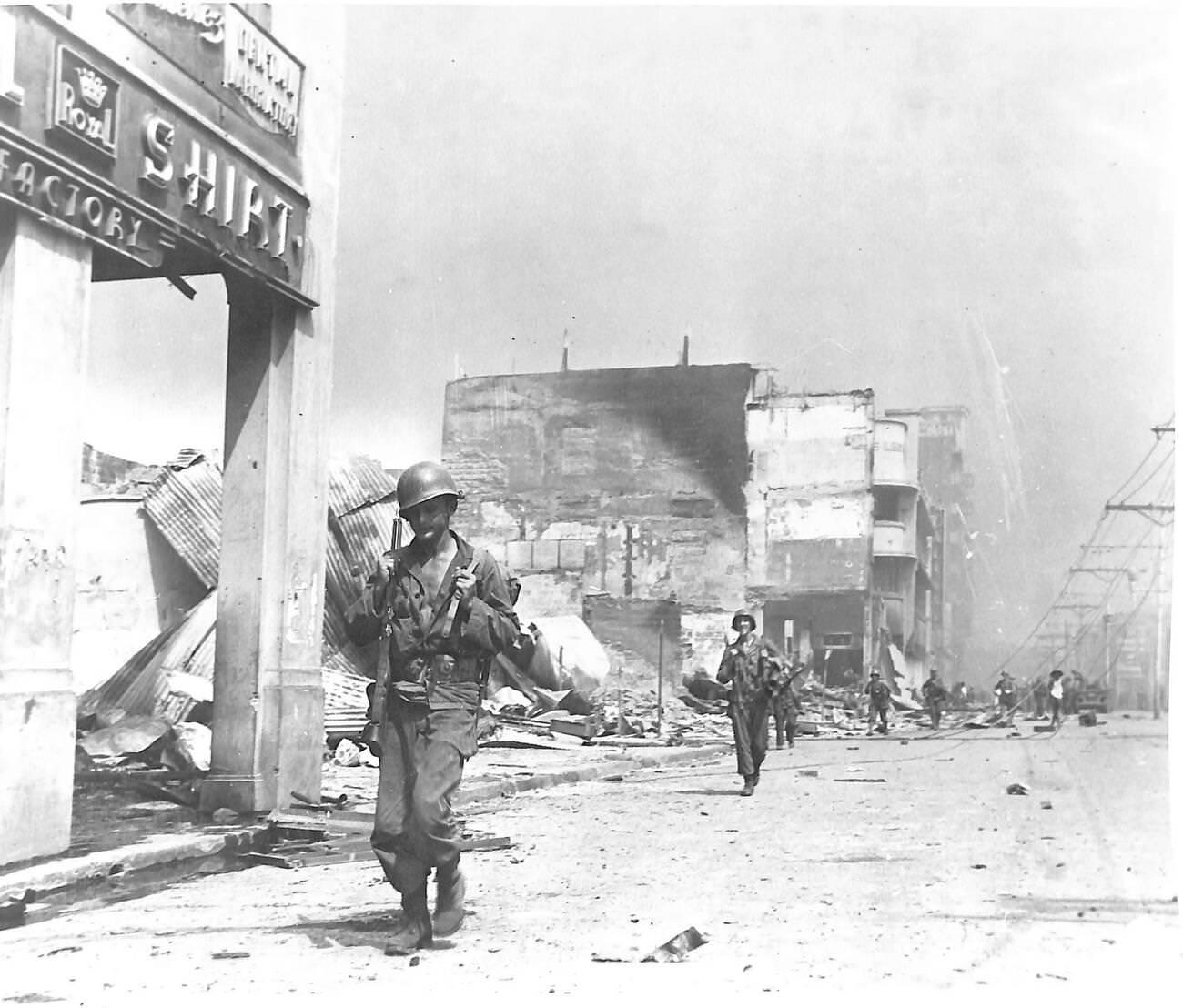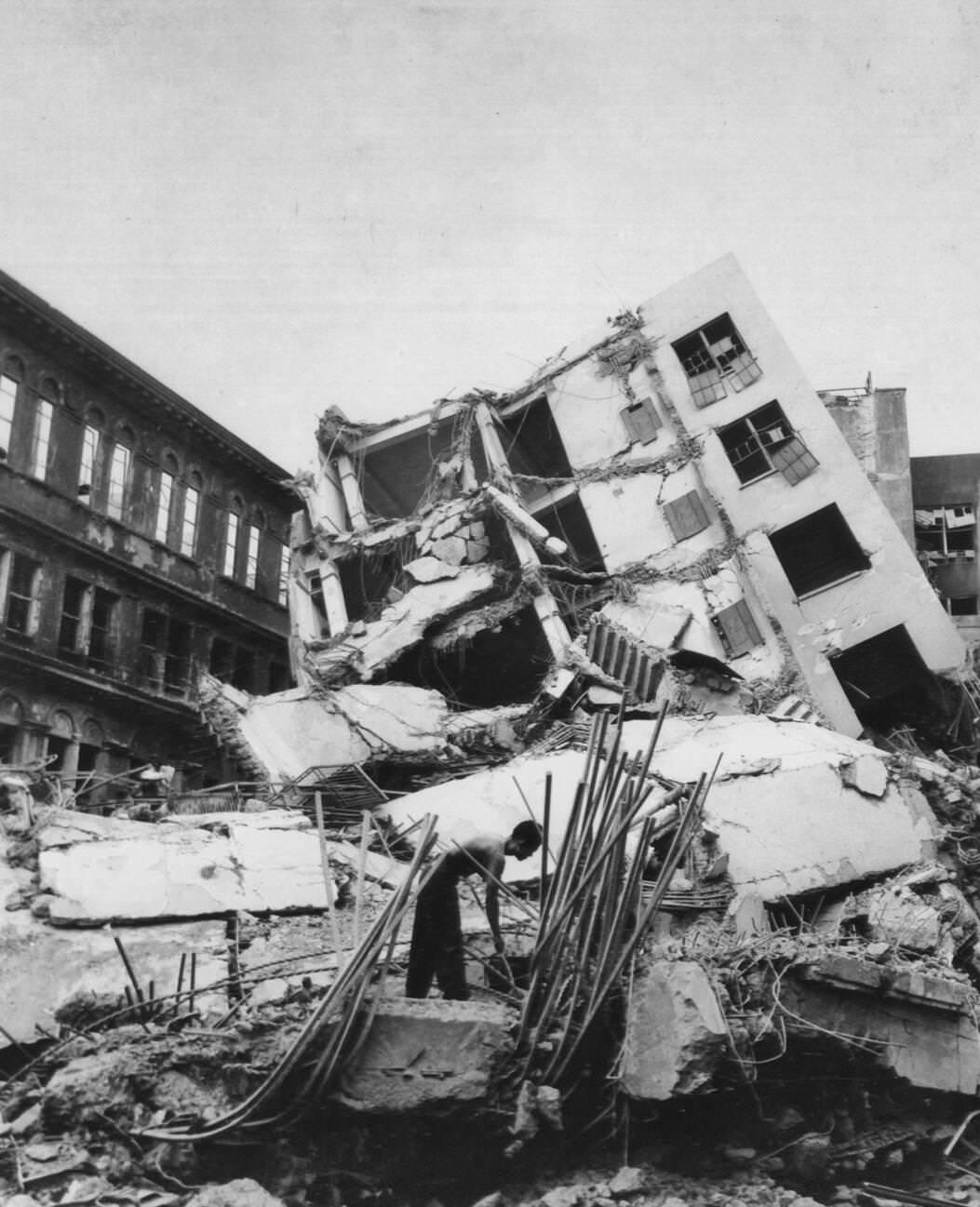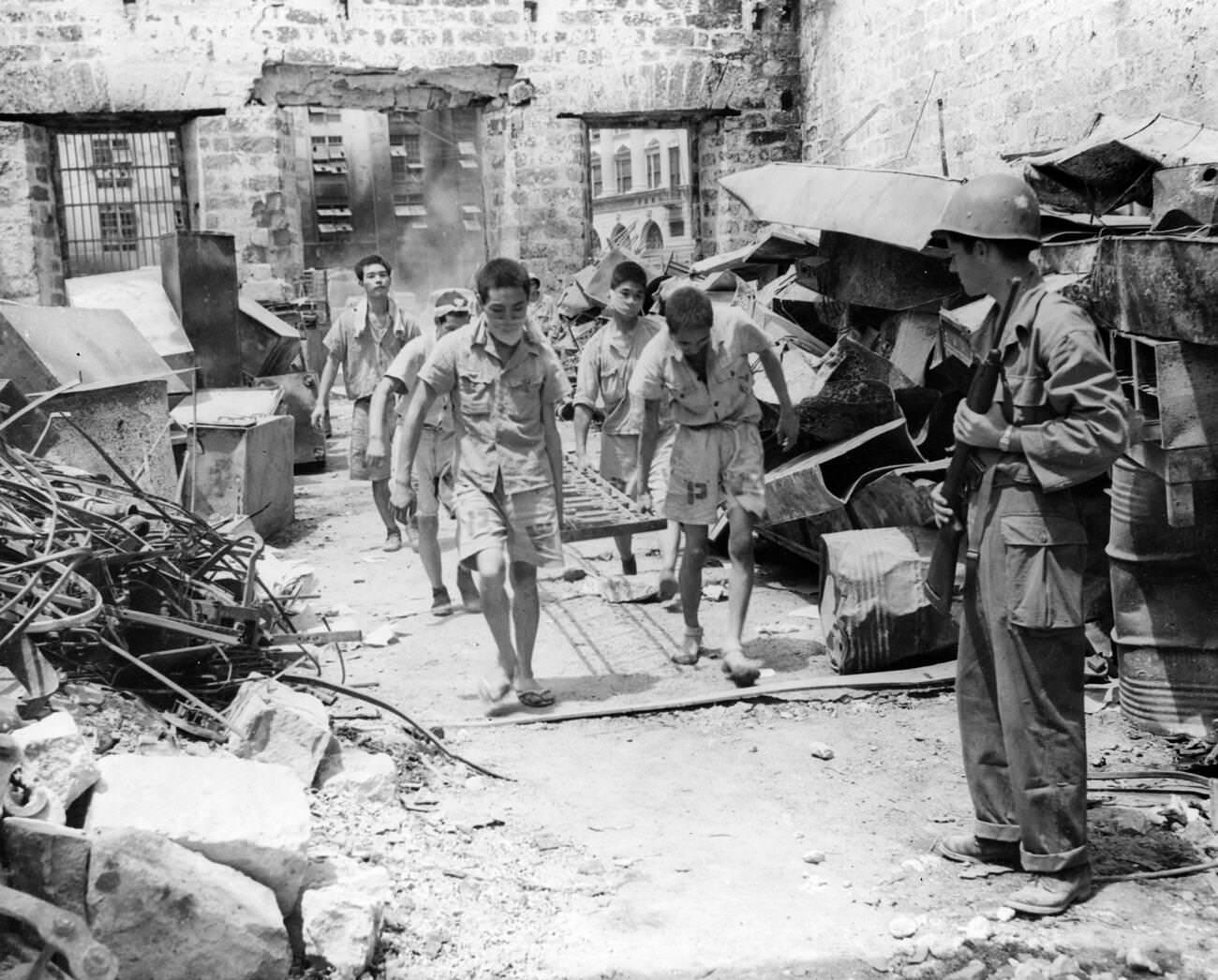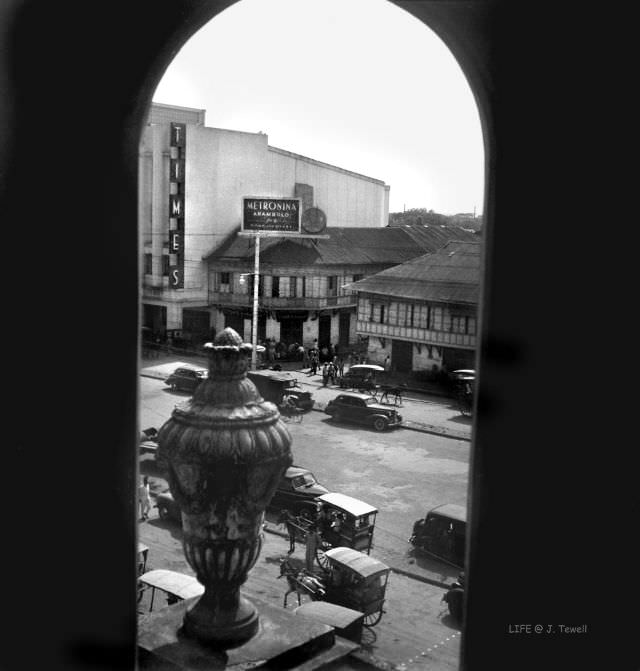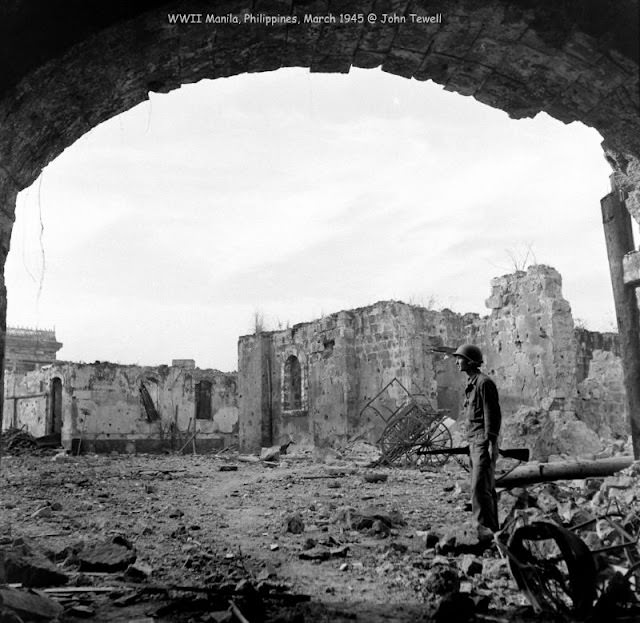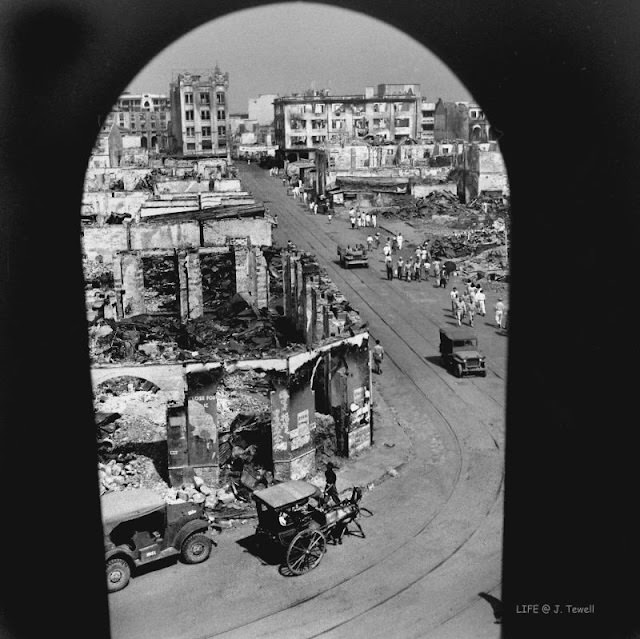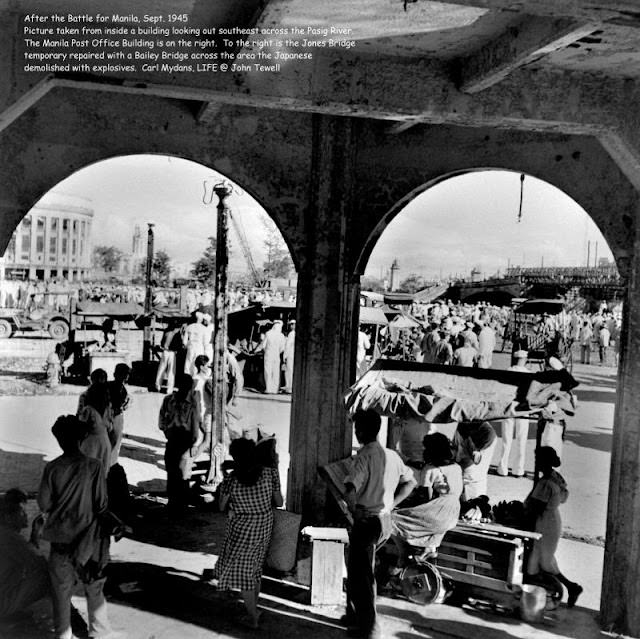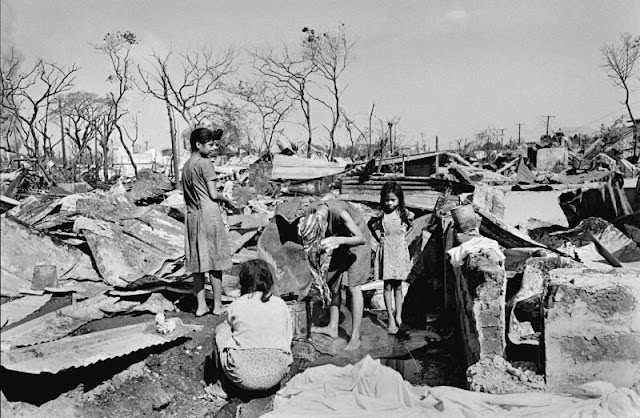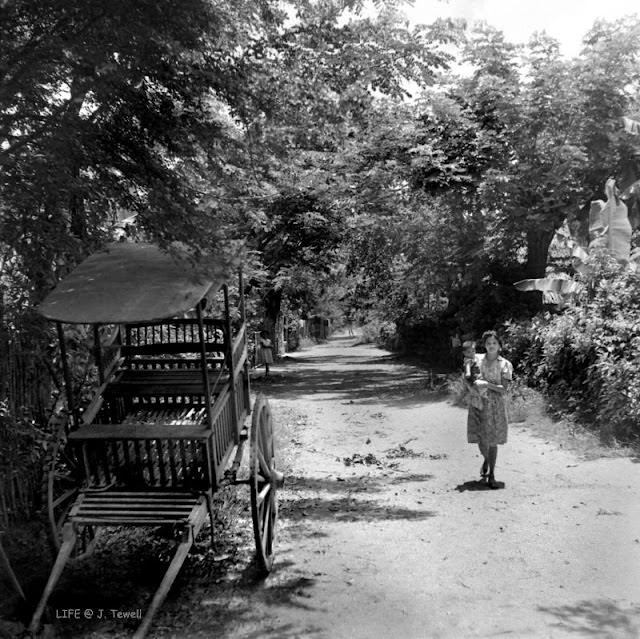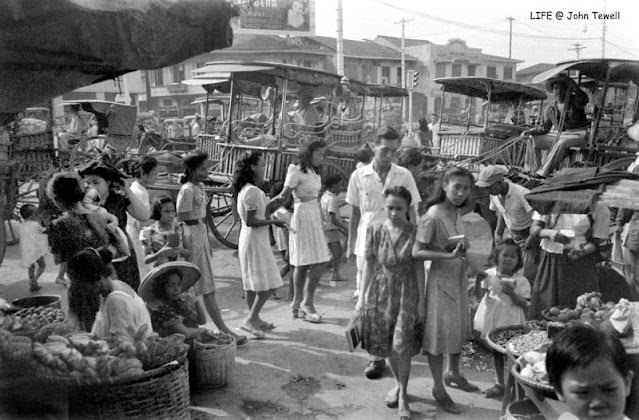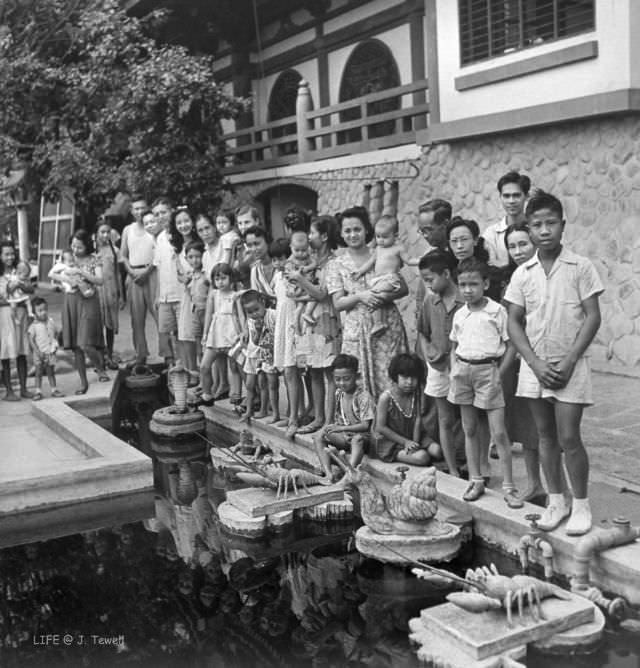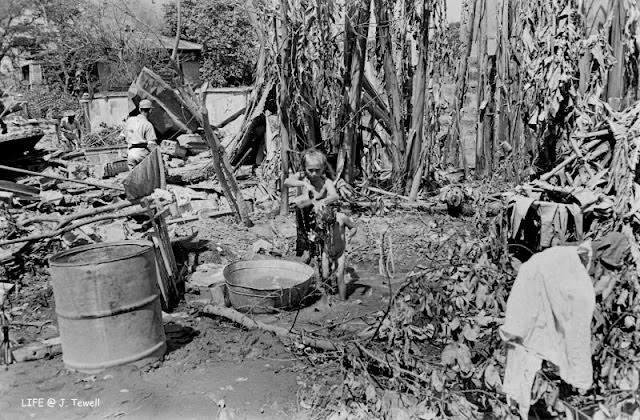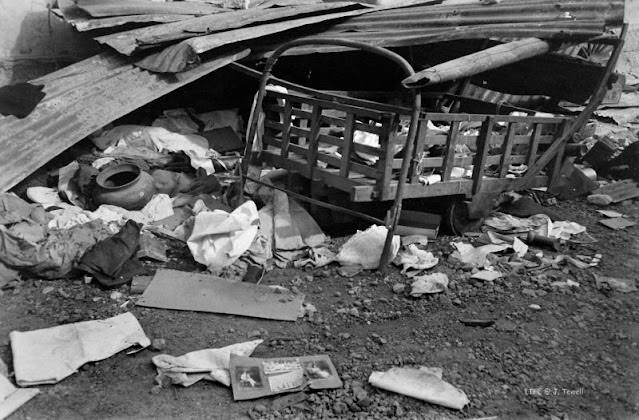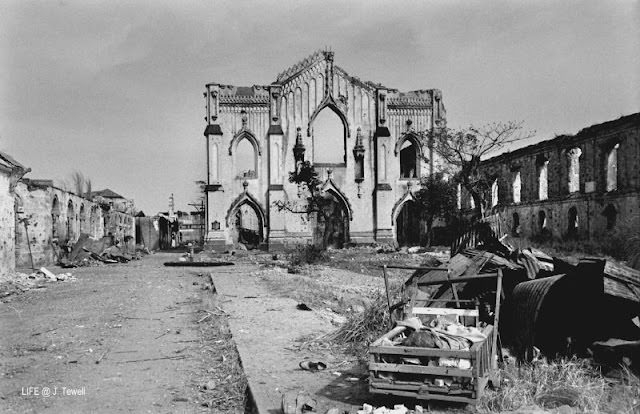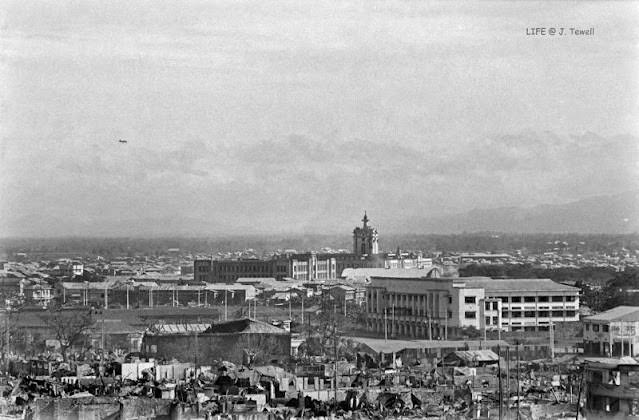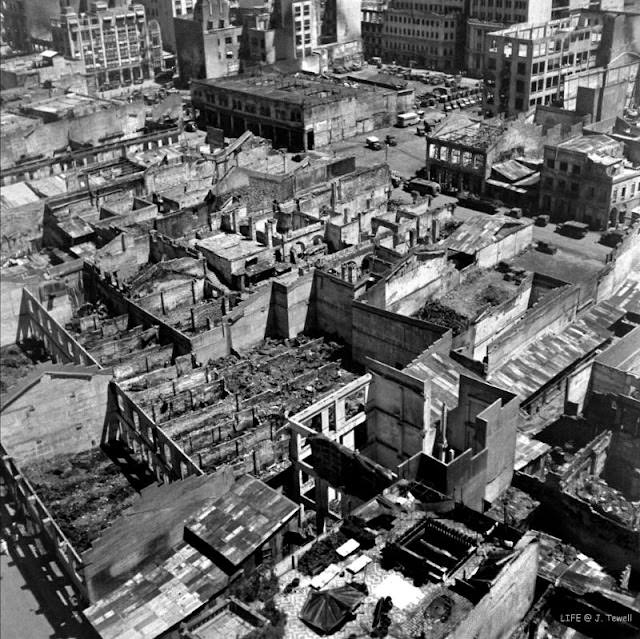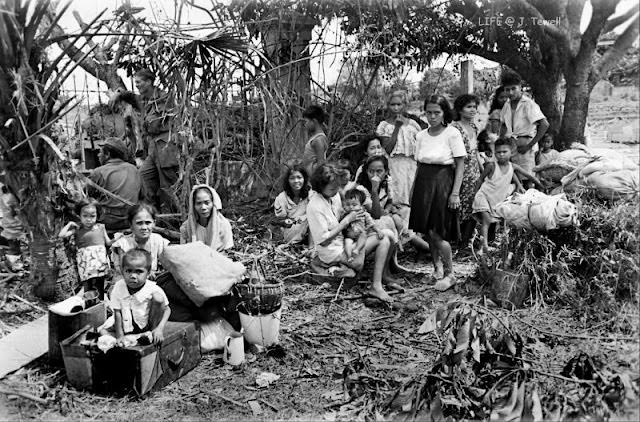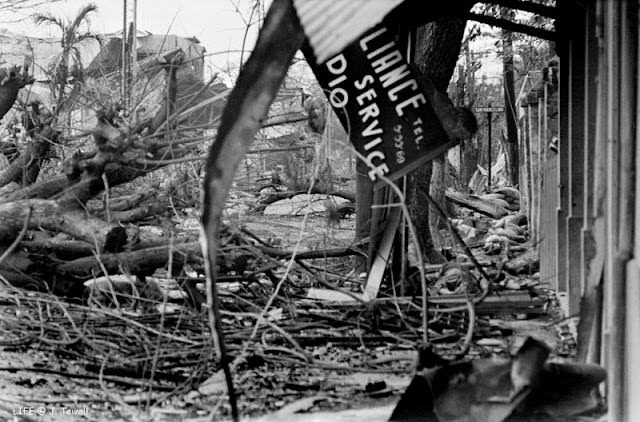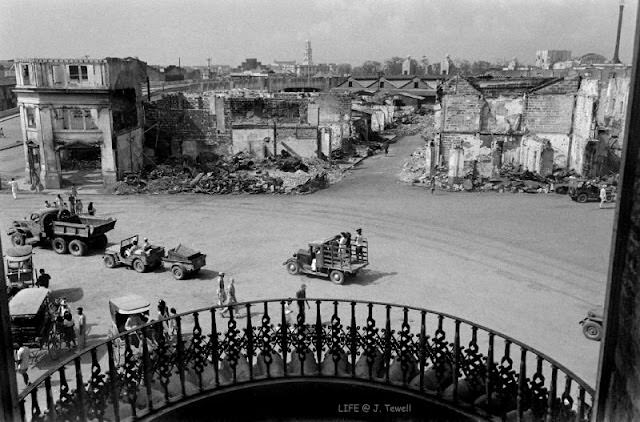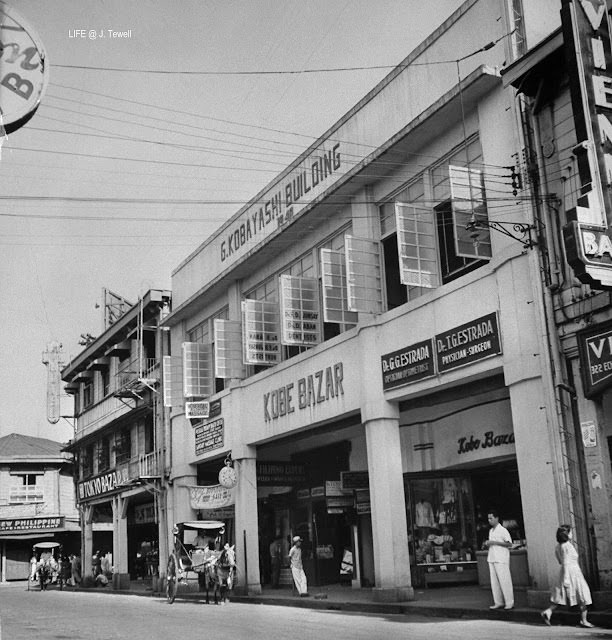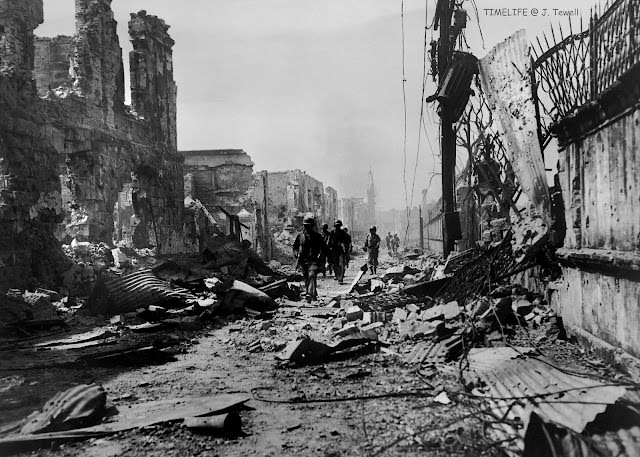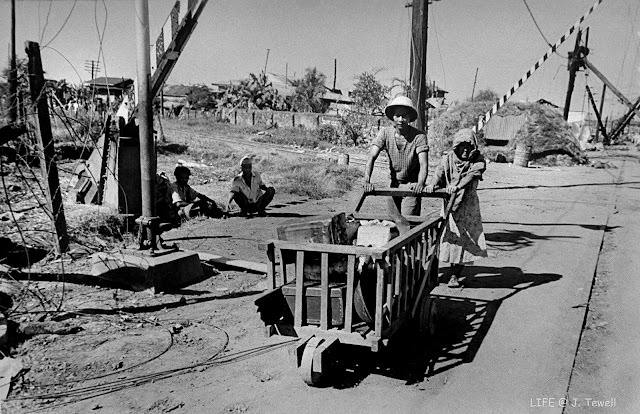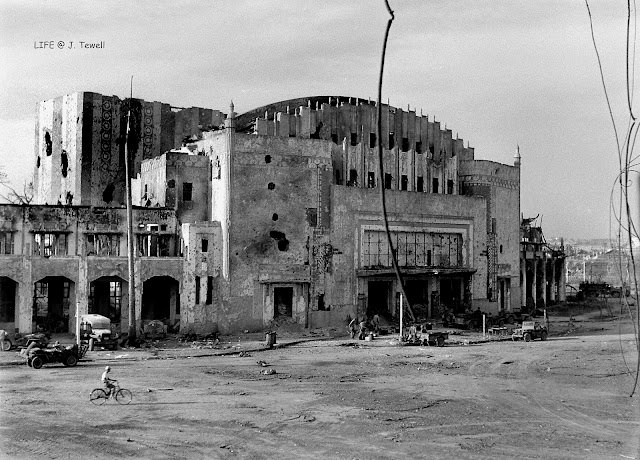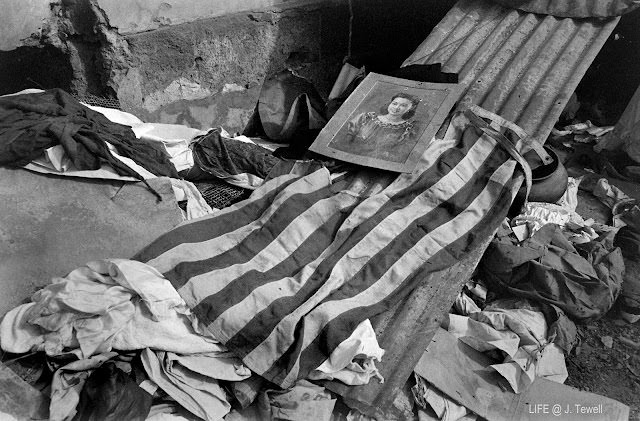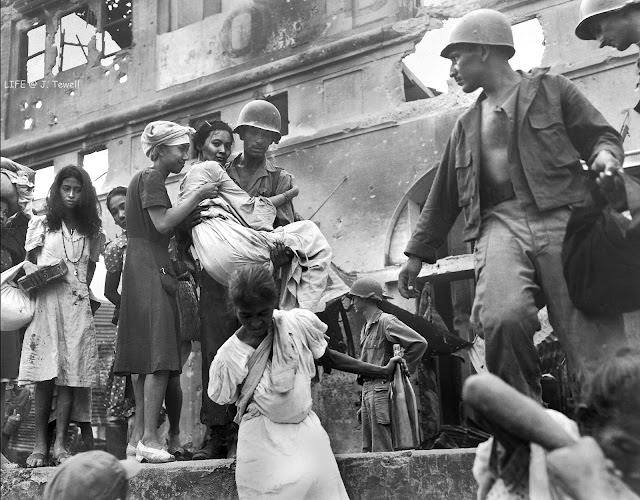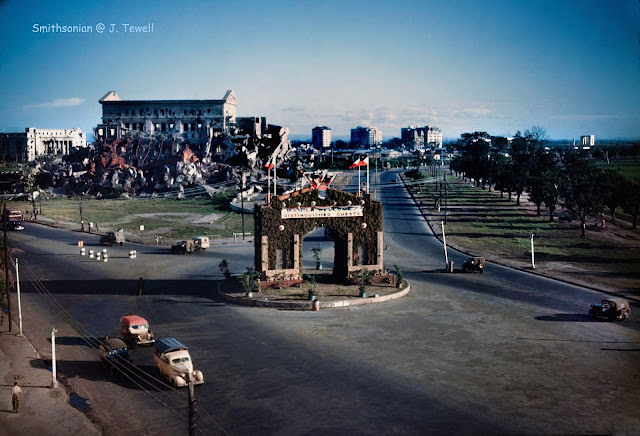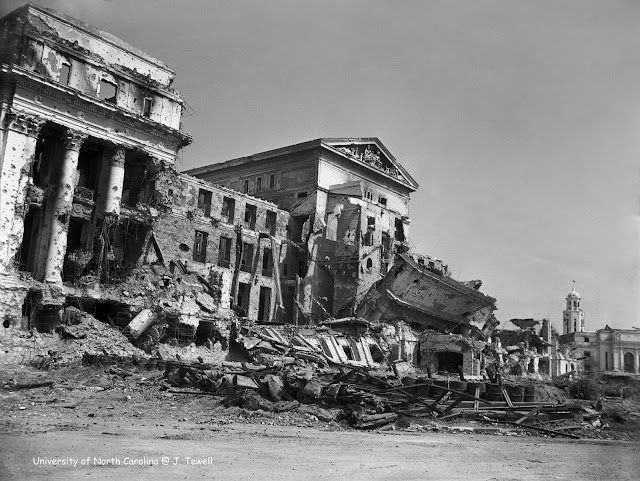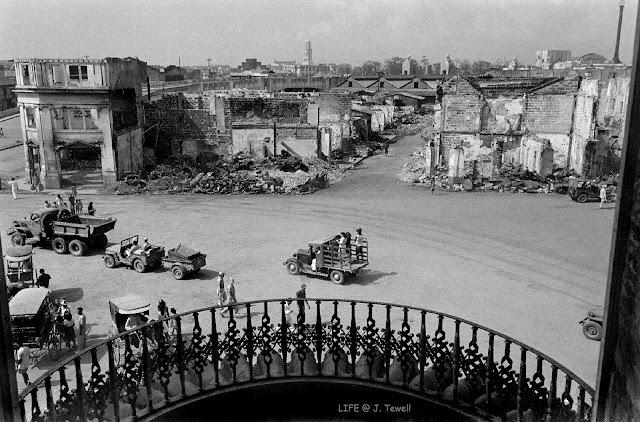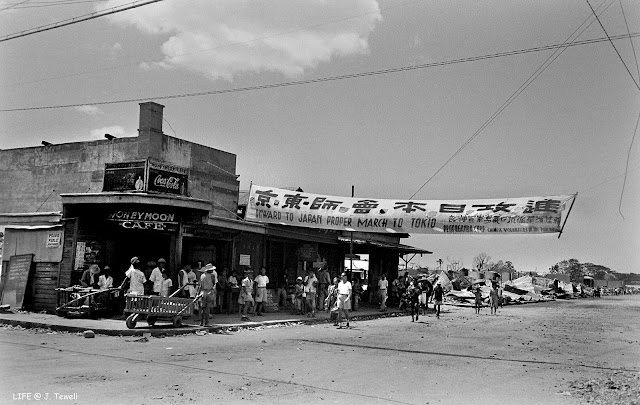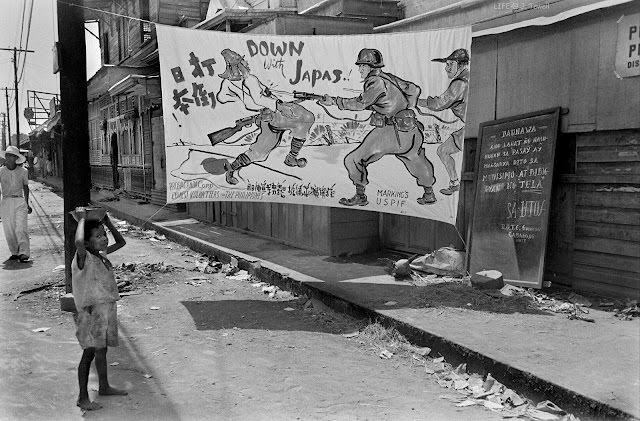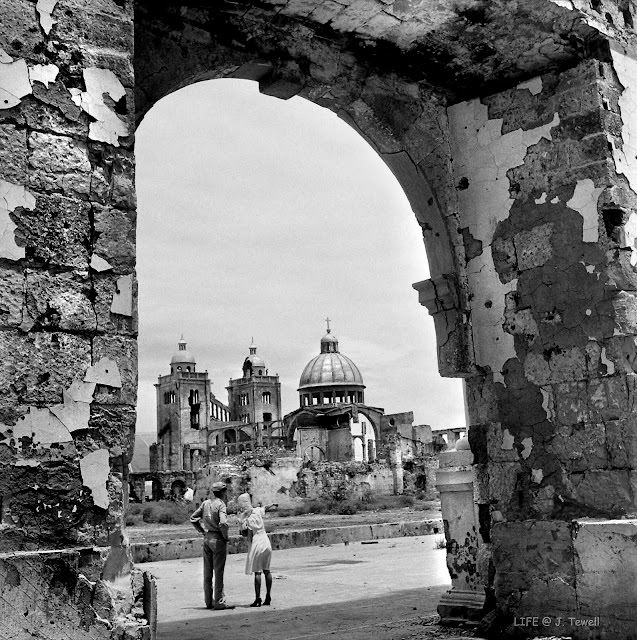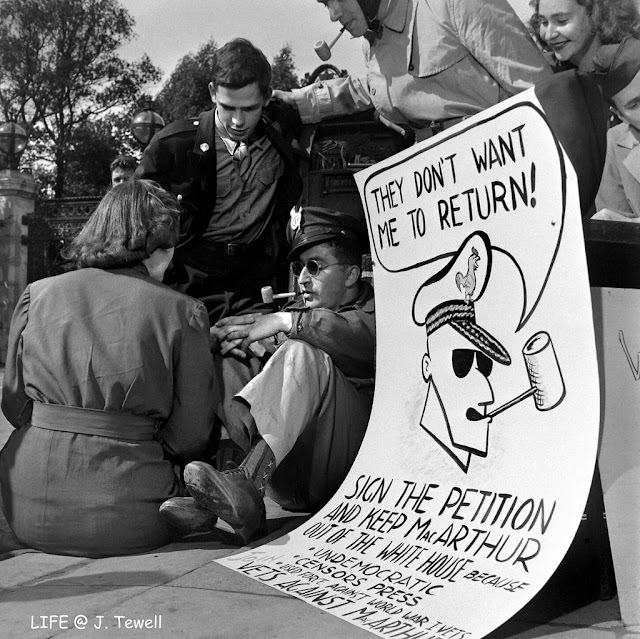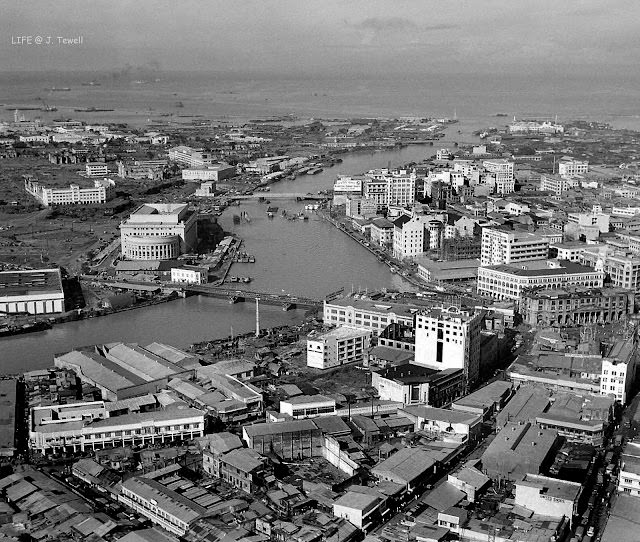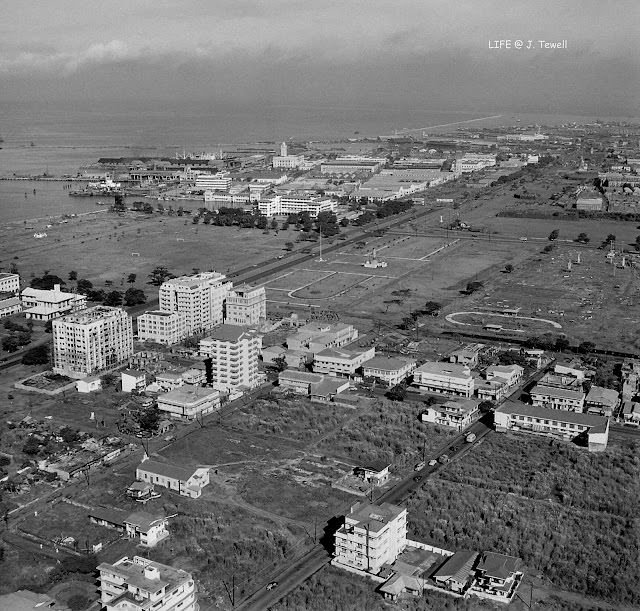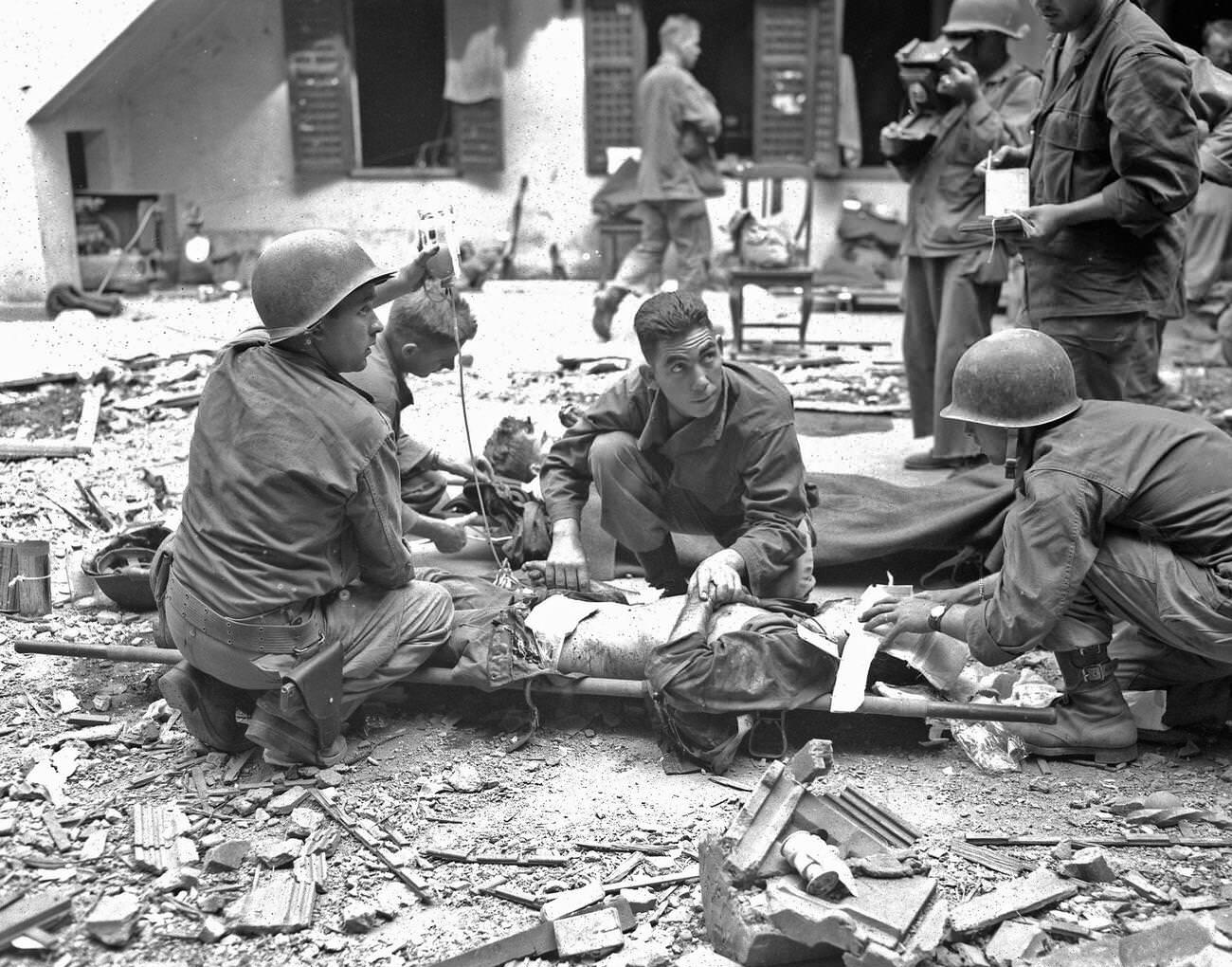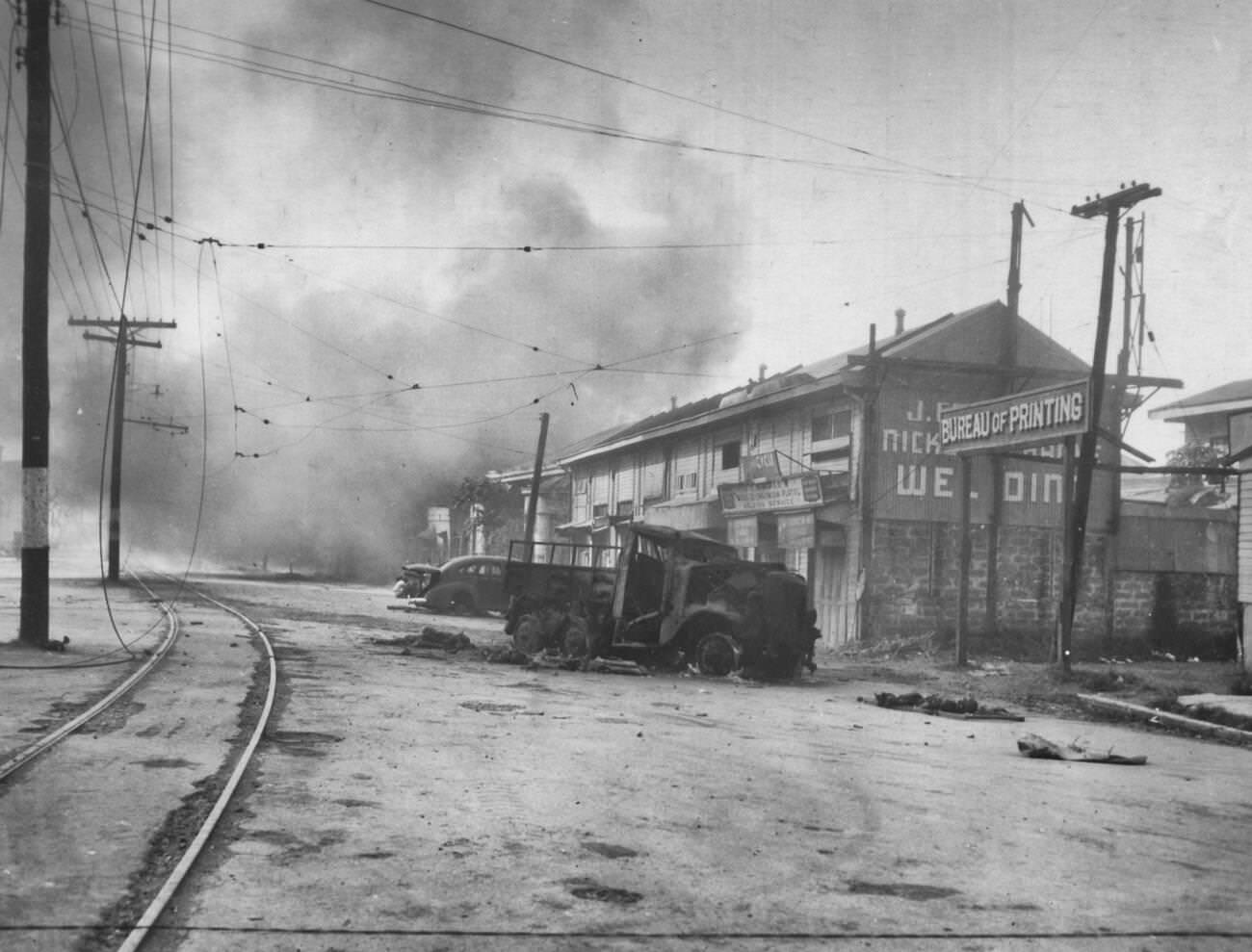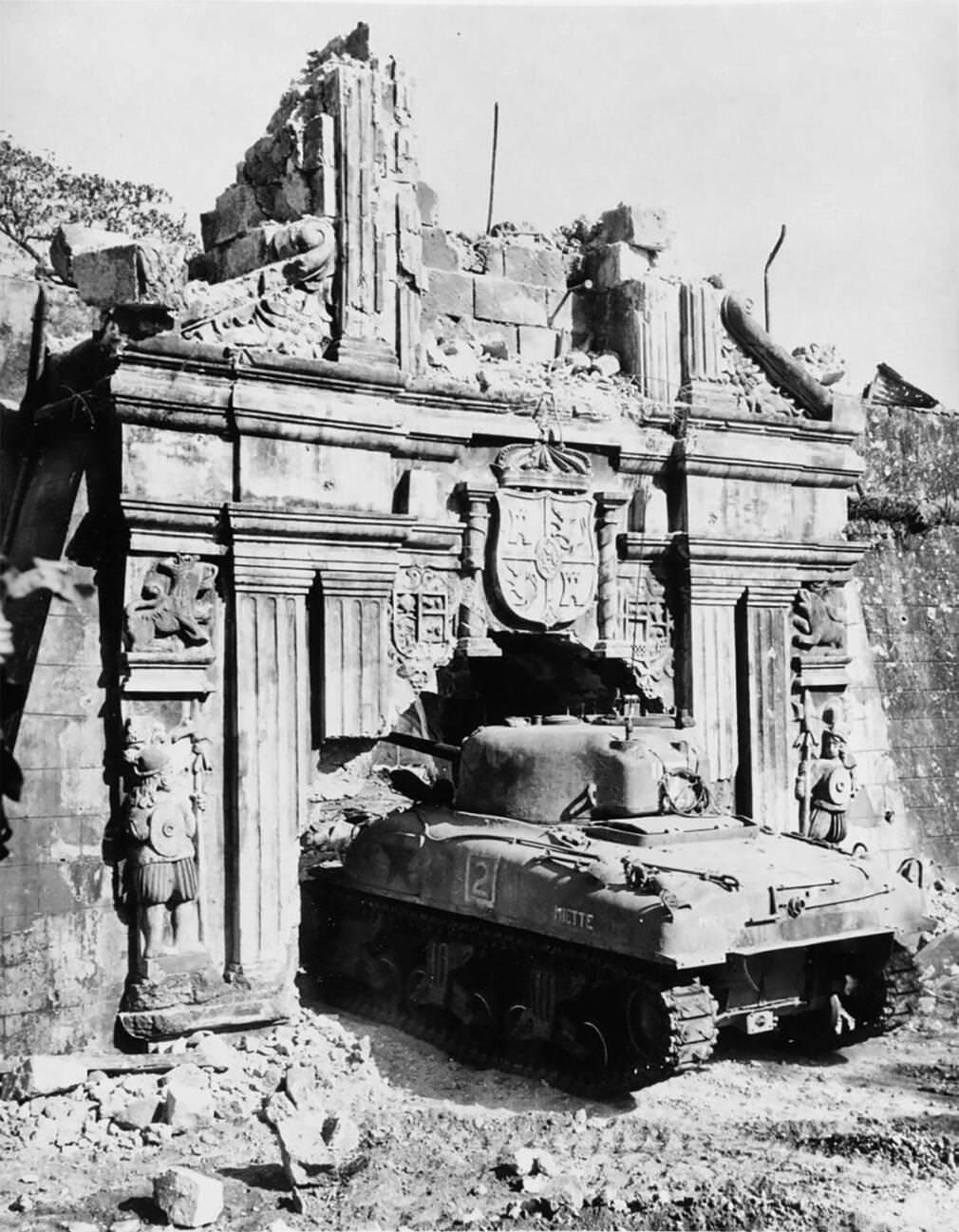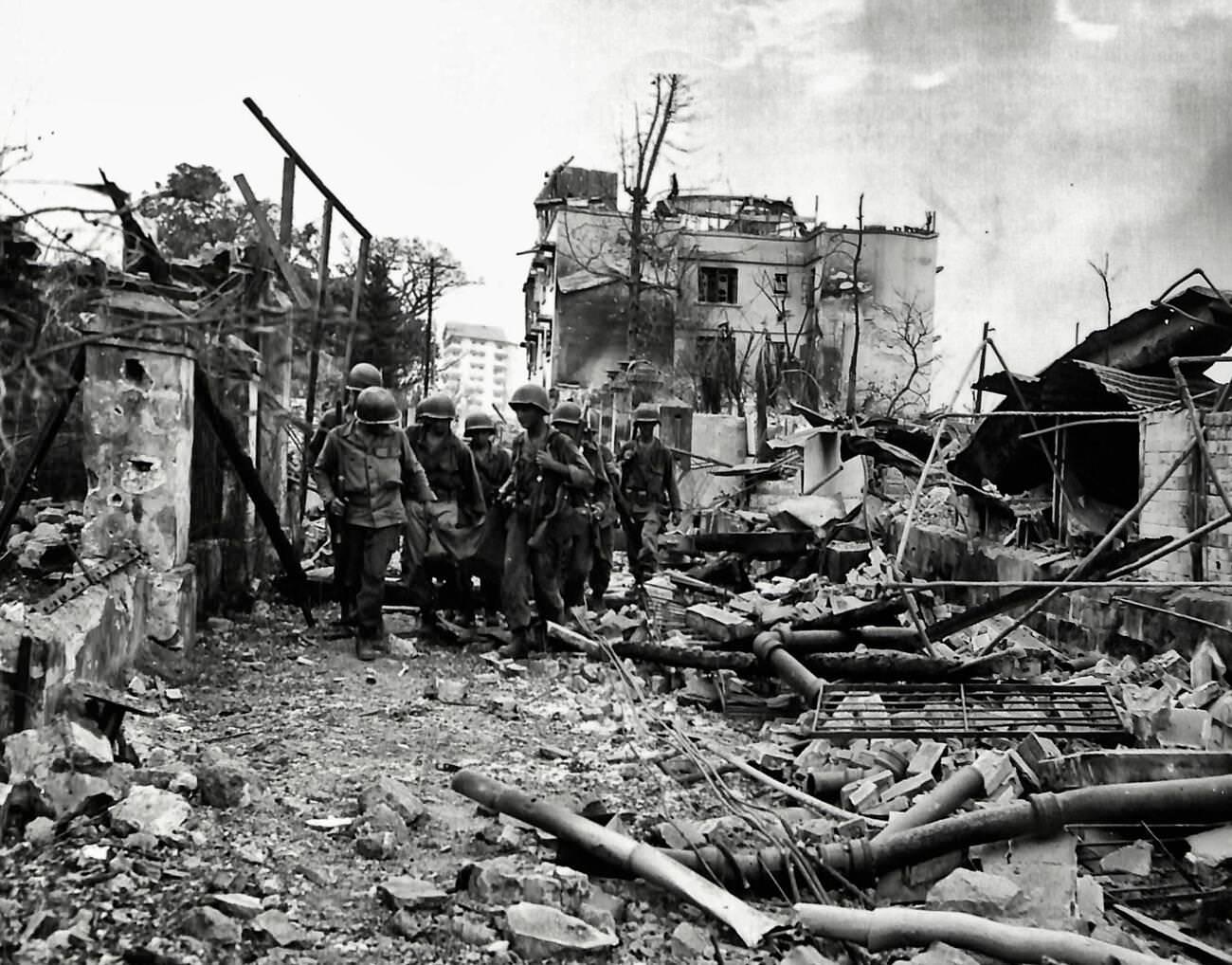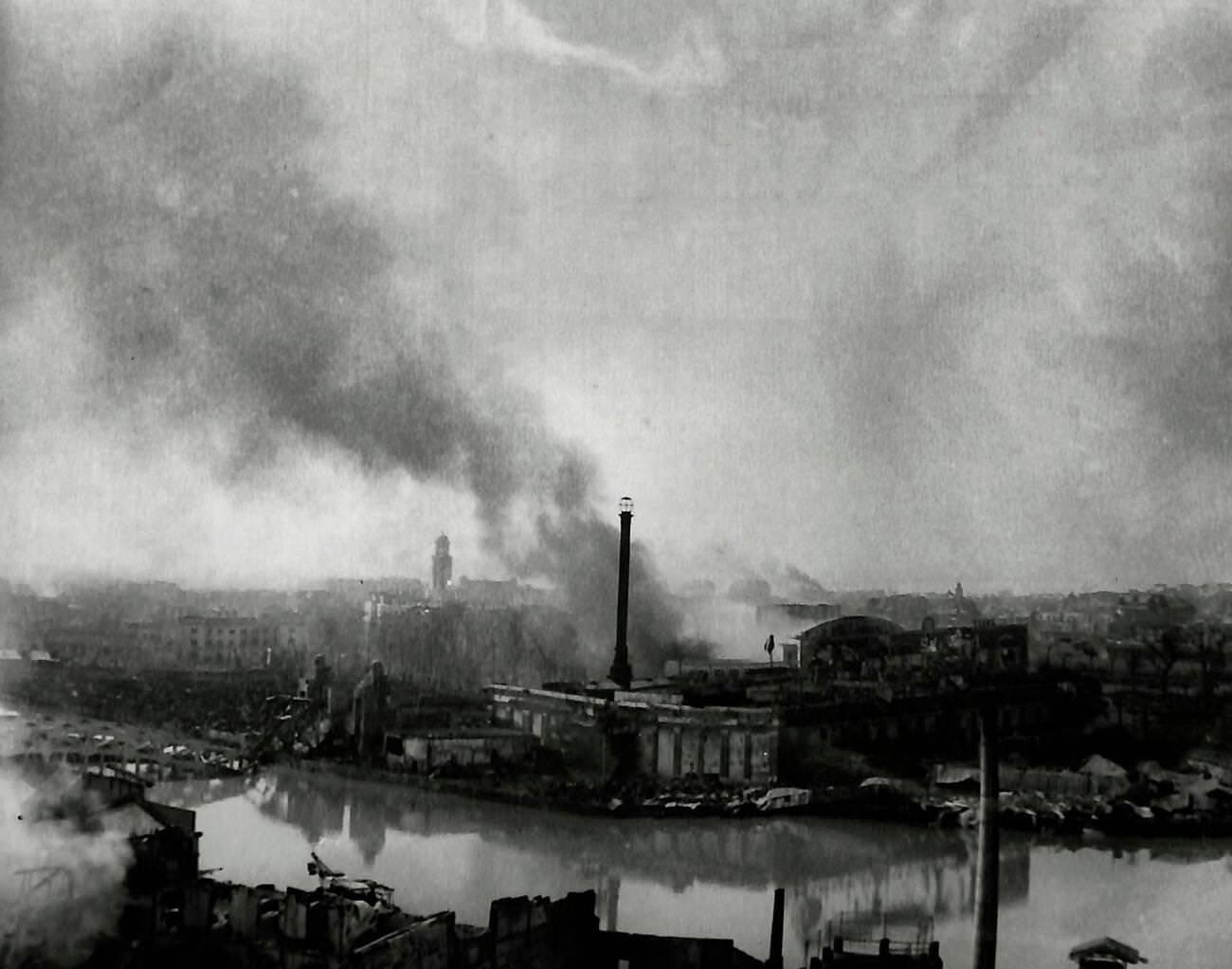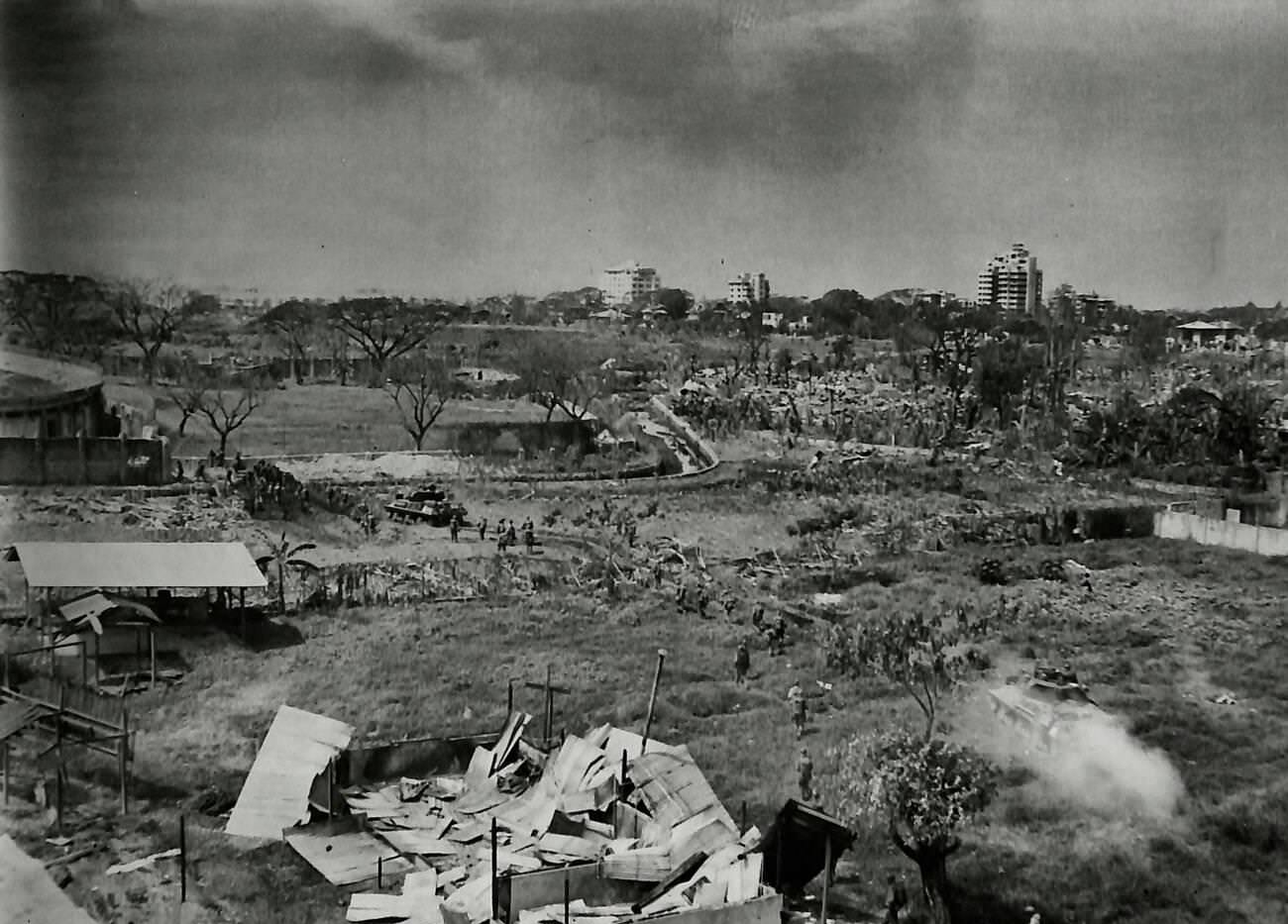The Battle of Manila, fought from February 3rd to March 3rd, 1945, marking the end of Japanese occupation in the Philippines. The battle was a brutal fight, leaving behind a city in ruins and a heavy toll on civilian lives.
Background: The Philippines under Japanese Occupation
The Philippines fell under Japanese occupation in 1942, following the Battle of Bataan and the subsequent Bataan Death March, which saw the capture of thousands of American and Filipino soldiers. The Japanese occupation was brutal, with widespread atrocities, forced labor, and the imposition of harsh control over the civilian population. By 1944, as the tide of the war turned against Japan, plans were set in motion by the Allies to liberate the Philippines, a strategic move aimed at cutting off Japan from its occupied territories in Southeast Asia and paving the way for an eventual invasion of the Japanese mainland.
The Road to Manila
The campaign to retake the Philippines began in October 1944, with General Douglas MacArthur’s landing on Leyte Island, fulfilling his famous vow to return. The subsequent battles in Leyte and Mindoro set the stage for the invasion of Luzon, the largest and most strategically important Philippine Island. American and Filipino forces landed in Lingayen Gulf in January 1945 and began a rapid advance towards Manila.
The Battle Begins
The Battle of Manila commenced on February 3, 1945, when American forces entered the city’s northern outskirts, meeting fierce resistance from the Japanese, who had fortified Manila, preparing for a last stand. What followed was a month-long battle characterized by intense urban combat, with both sides suffering heavy casualties. The Japanese, knowing defeat was inevitable, resorted to scorched earth tactics, destroying vital infrastructure and committing mass atrocities against the civilian population.
The Liberation and Its Cost
The battle reached its climax with the intense fighting for Intramuros, Manila’s historic walled city, where Japanese forces made their final stand. American artillery and air strikes were called in, leading to the complete devastation of Intramuros but eventually forcing the Japanese to surrender. Manila was officially declared liberated on March 3, 1945, but the victory was bittersweet. The battle left much of the city in ruins, earning it the moniker “The Pearl of the Orient Destroyed.”
The human cost of the battle was staggering, with an estimated 100,000 Filipino civilians dead, victims of both the fighting and deliberate massacres by retreating Japanese forces. Thousands of American and Filipino soldiers lost their lives, and the Japanese defenders were virtually annihilated. The cultural and historical loss was also immense, with numerous historical landmarks and centuries-old heritage sites reduced to rubble.


